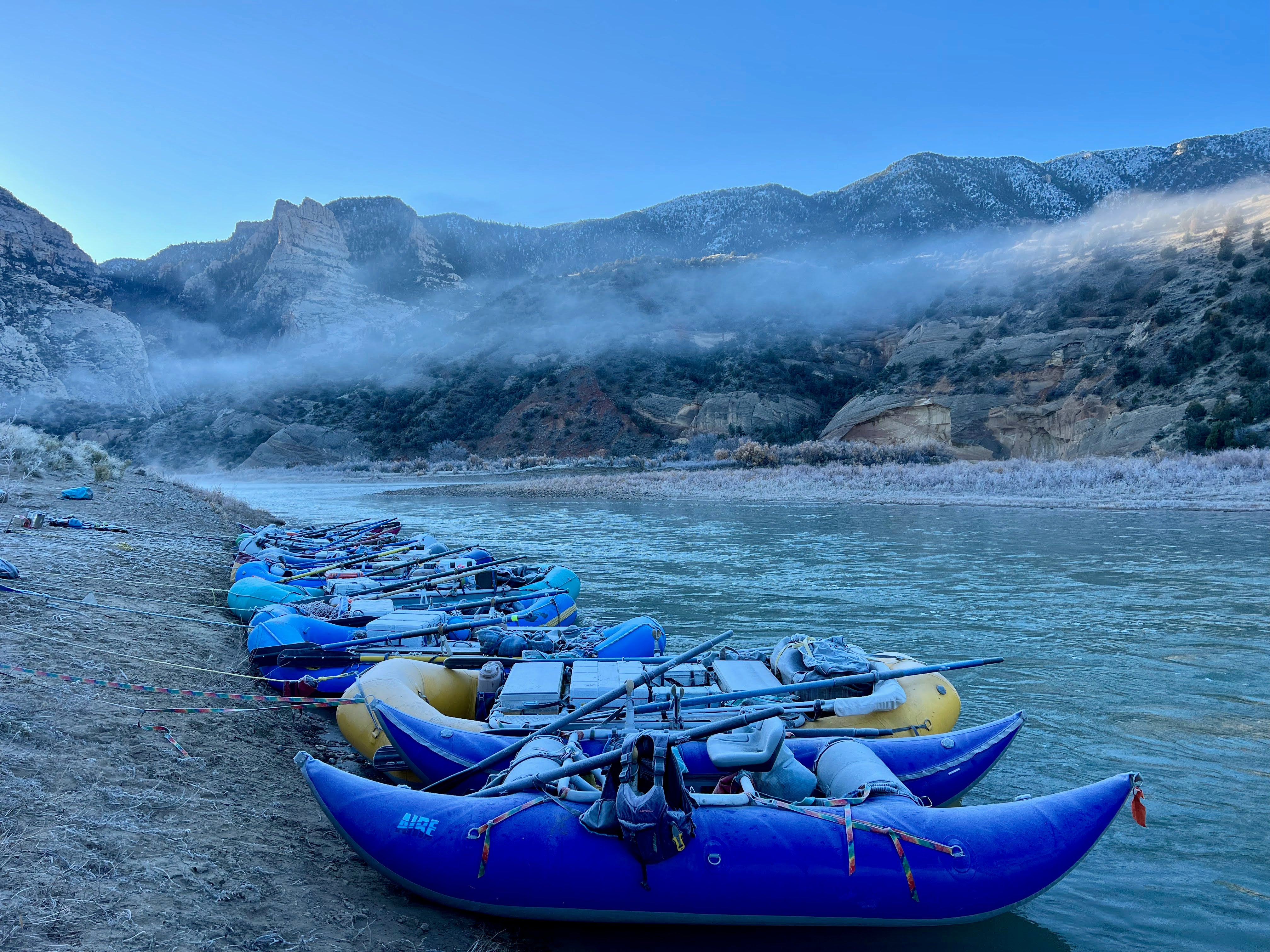
Choose the Right Raft
There's a reason folks get hooked on rafting after just one trip. However, the size of the price tag is the first thing you'll notice when you set out to buy your own raft.
At CKS, we know how important it is to make the right decision when purchasing a raft. That's why we put together this guide to help you find your perfect raft.
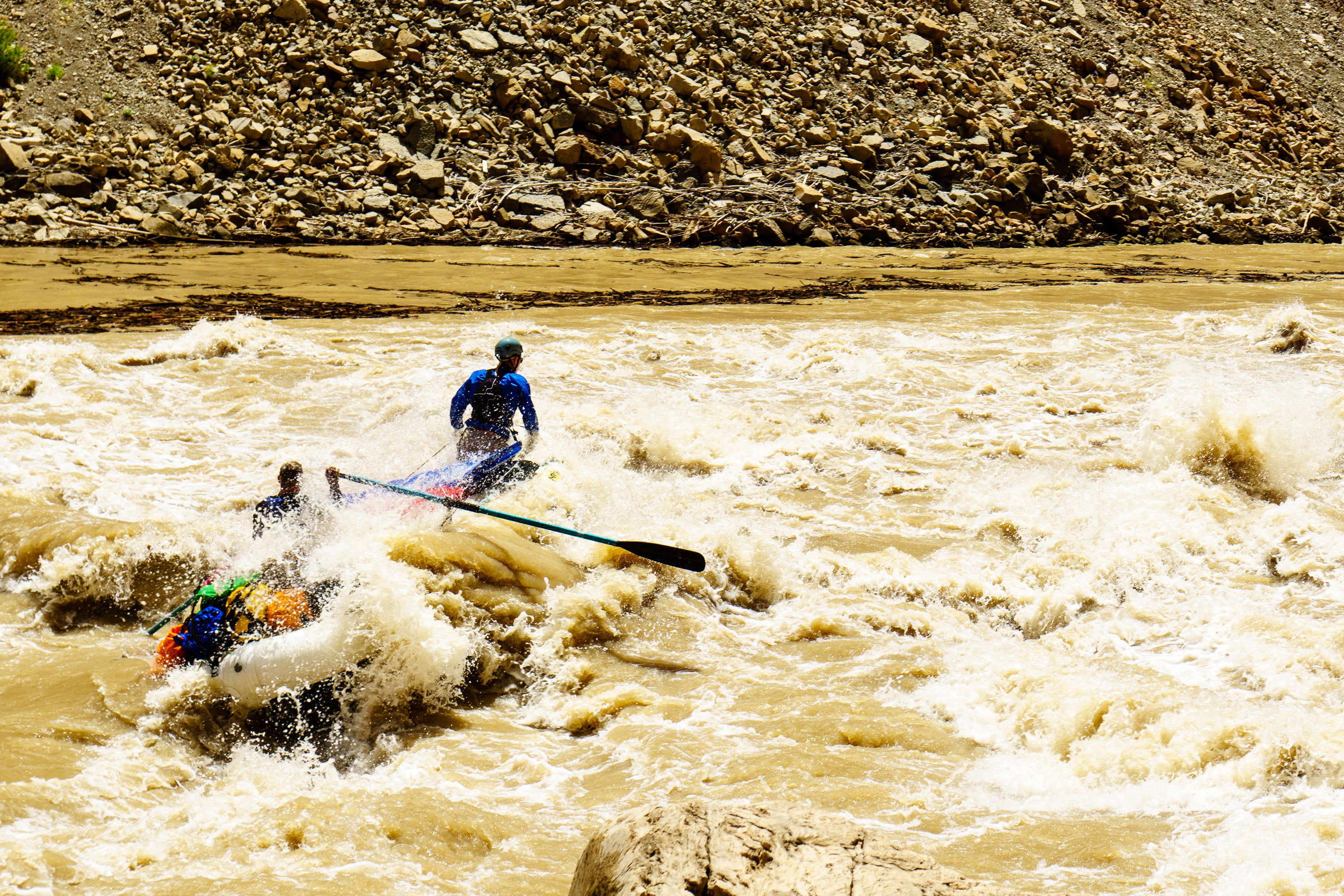
1. Decide on Your Intended Use
- Do you want to build out a fishing rig?
- Are you looking to paddle your family on day trips?
- Do you want a raft and all of the gear to support you on multi-day whitewater trips?
- Some combination of everything?
- How many days a year will you use your raft?
- How much time are you willing to put toward cleaning, maintaining, and repairing your new raft?
- Where can you store your raft during the summer? During the winter?
These are all important questions to ask yourself before making a raft purchase. They will help decide which shape, length, width, and material of the raft you need.
Boats that Can Do It All
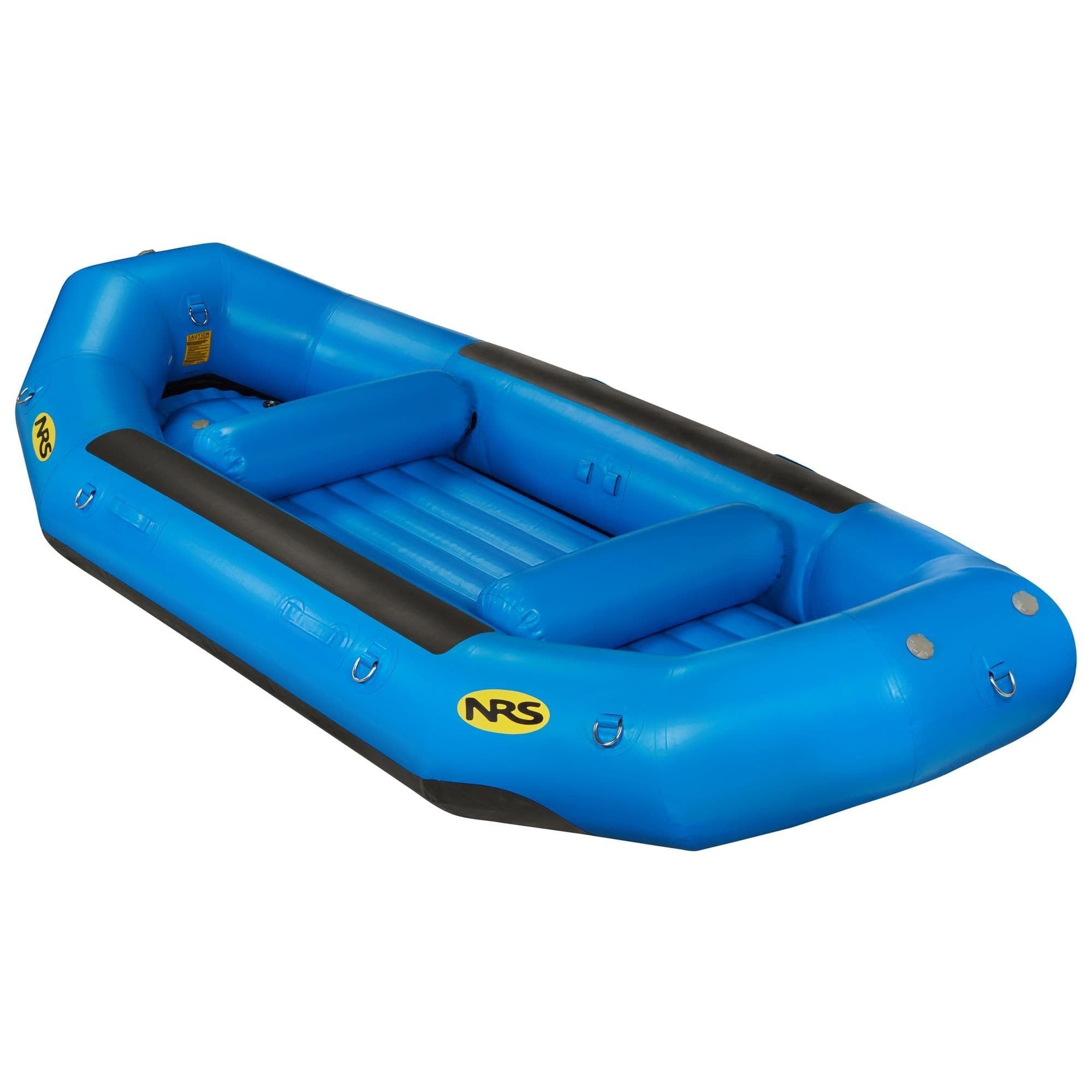
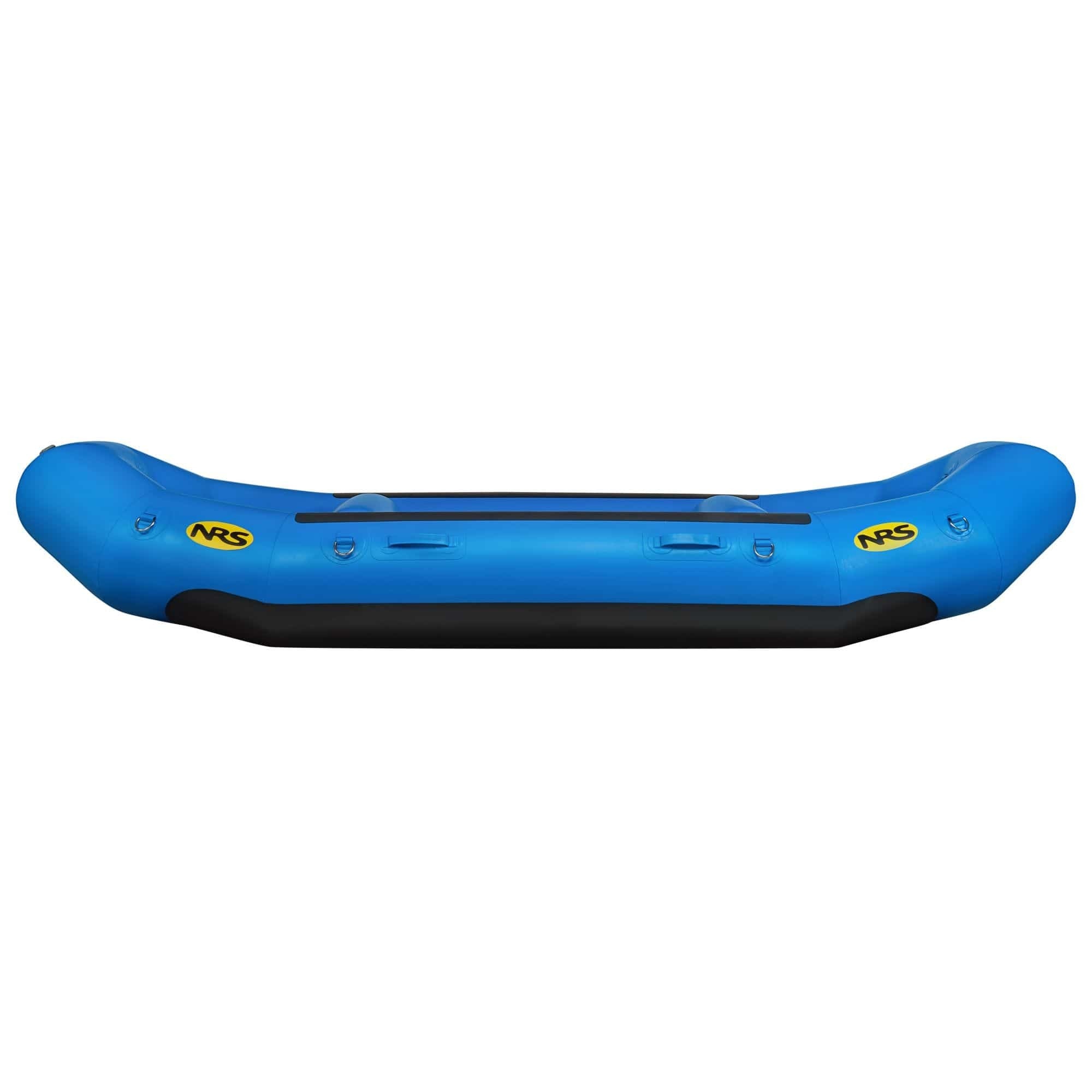

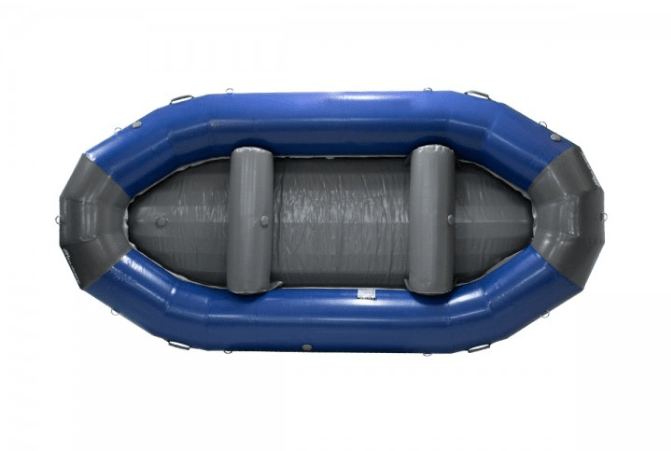
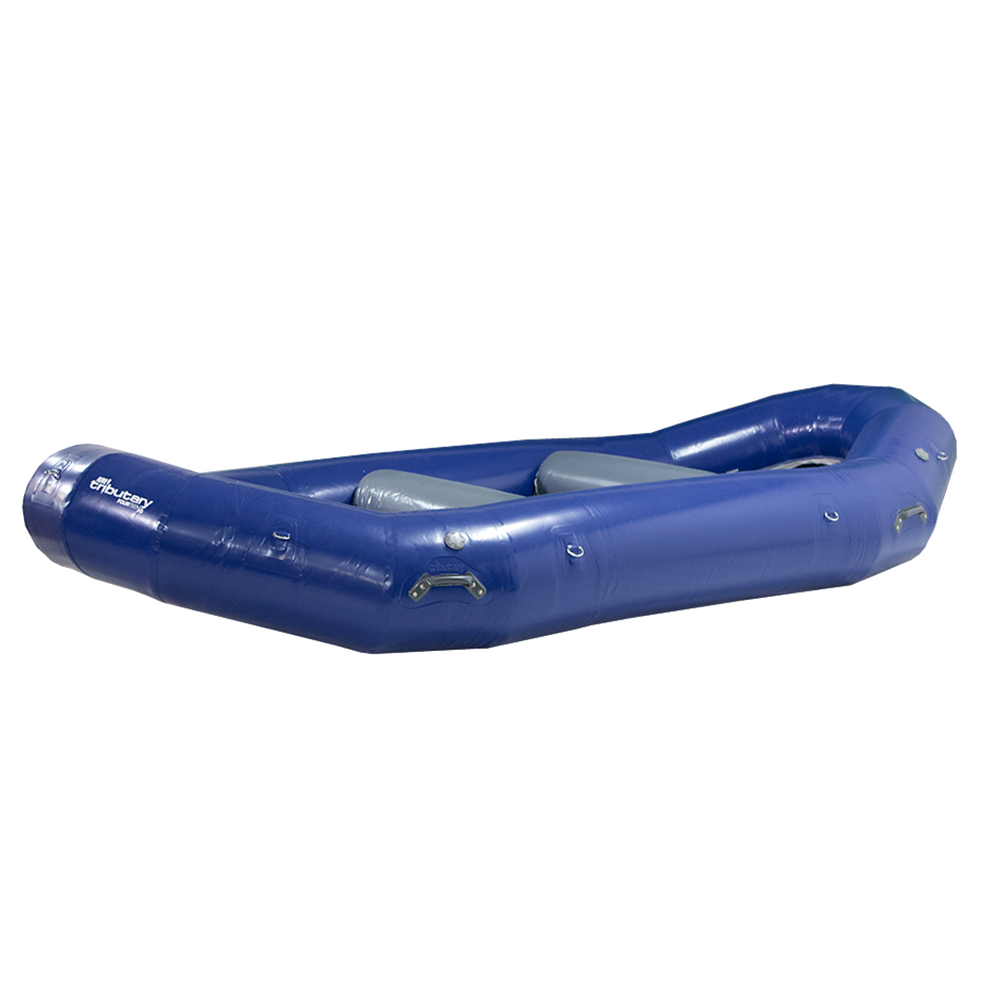
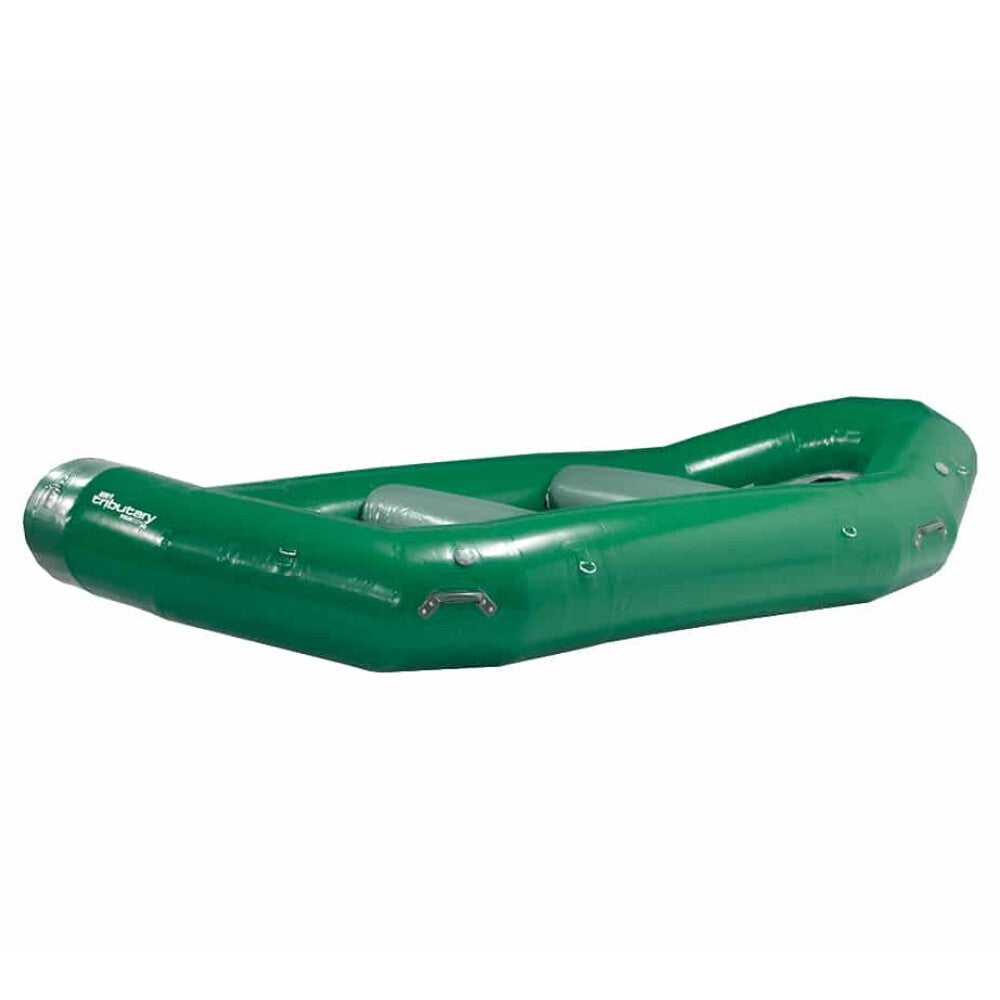
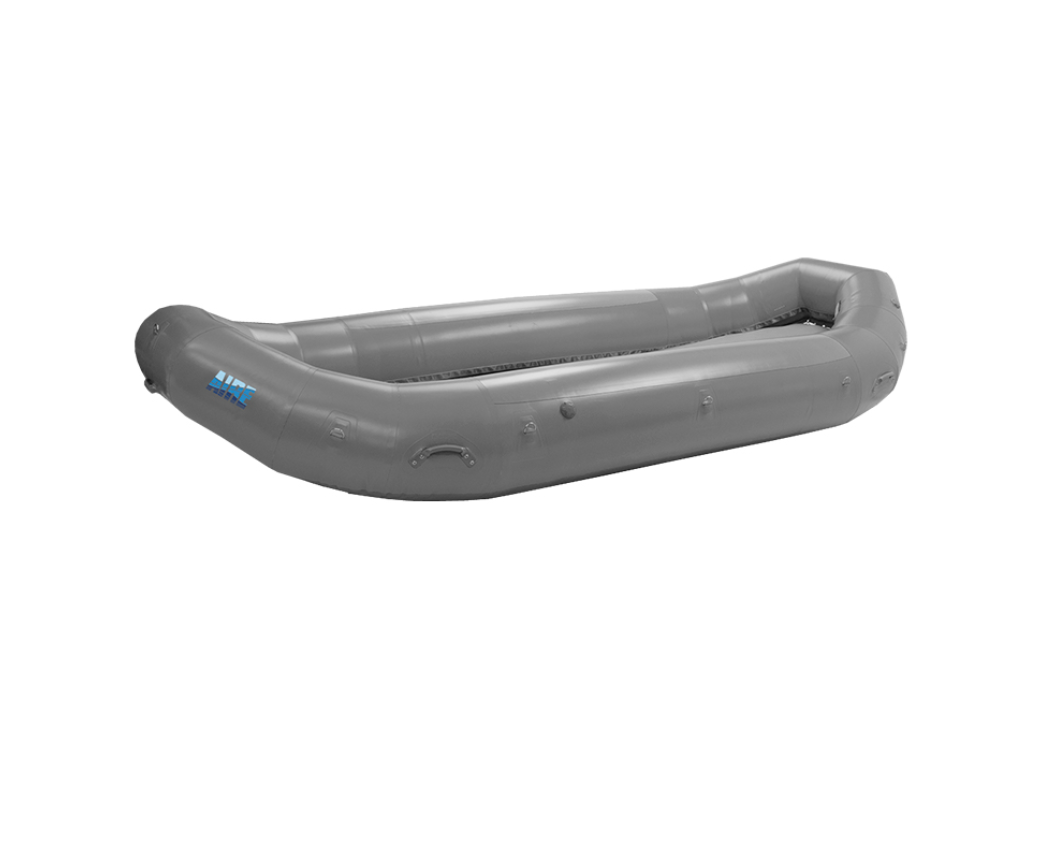
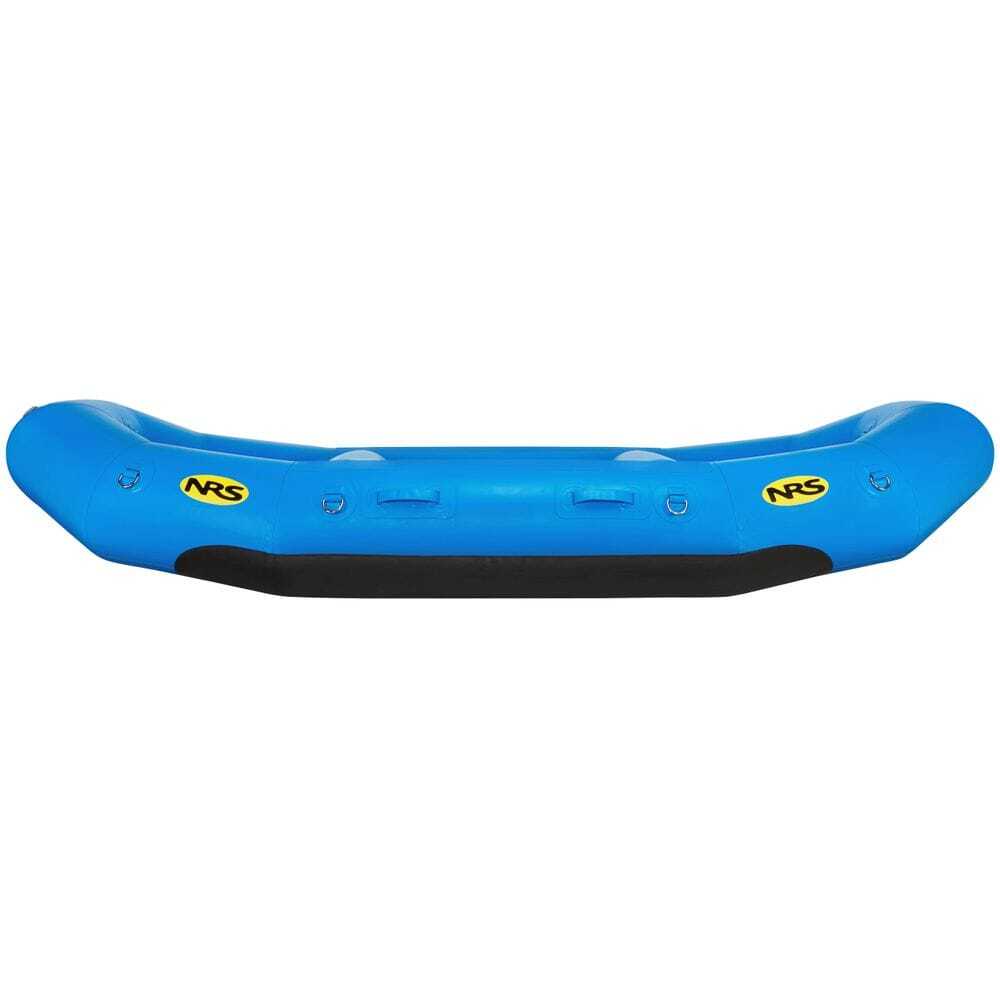
2. Pick a Boat Shape
Each type of raft has its respective pros and cons.
Round boats
When people hear the word "raft," they typically think of Round Boats.
Pros
- The most versatile shape, as they can run paddle crews, row frames, and haul lots of gear and/or passengers.
- Stable and can punch through large holes and hydraulics.
Cons
- Can get sluggish when weighed down
- Can loose some tracking ability.
CKS carries round boats ranging in length from 9' to 16'.
Paddlecats
Paddlecats are a popular option amongst those who want wild rides through whitewater.
Pros
- Designed to be run by 2-4 person paddle crews
- Whitewater Performance + a Wild Ride
Cons
- Typically do not have space for much else beyond a day bag or two.
- What you gain in whitewater performance, you lose in versatility.
It is not unheardof to rig a small frame to a paddlecat for one person to sportily row day trips or shorter multi-day trips.
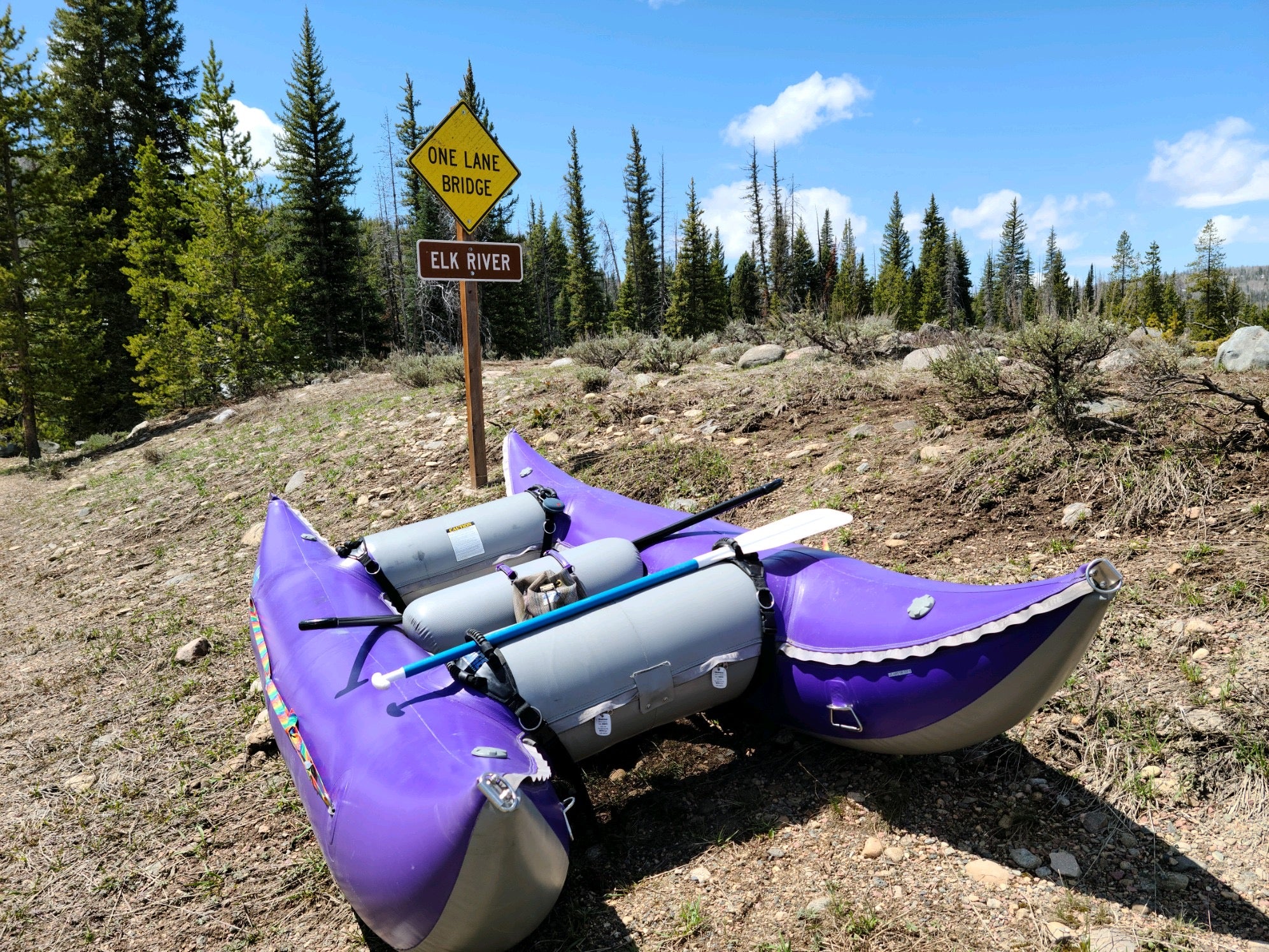
Check Out Our Paddlecats
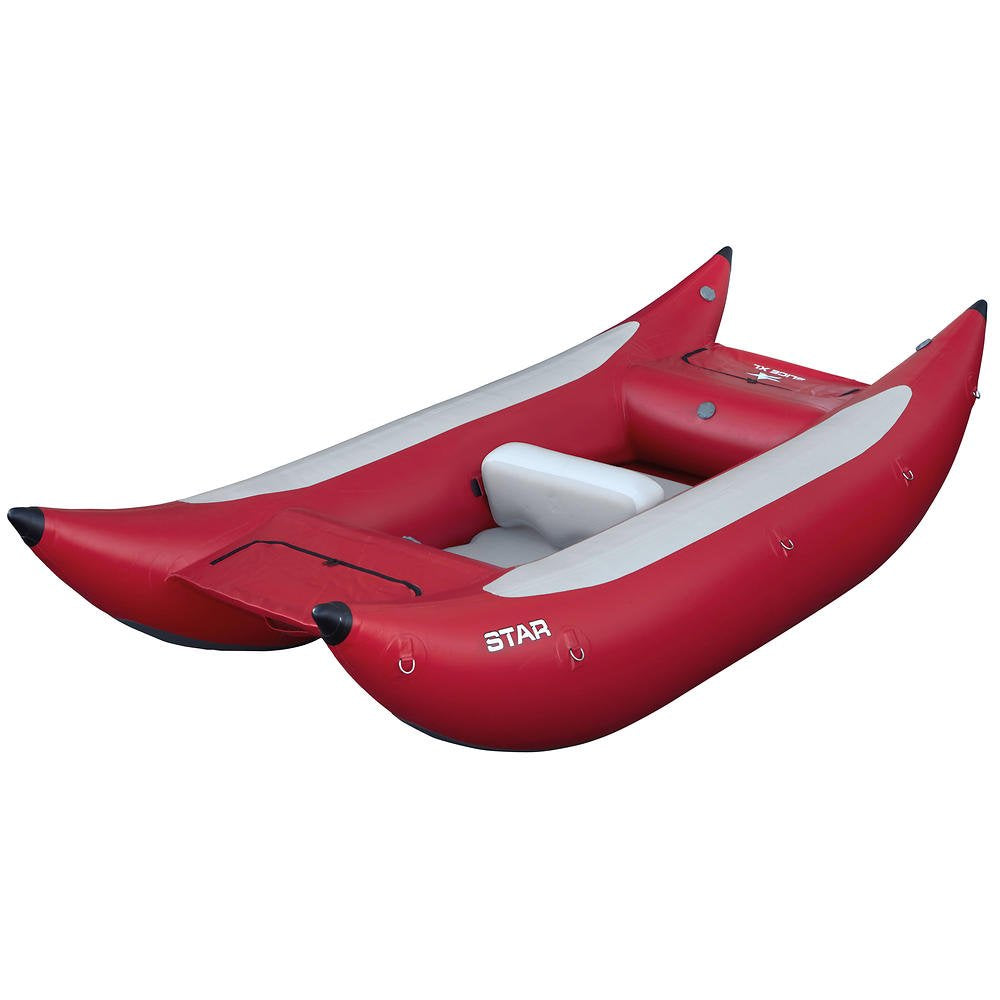
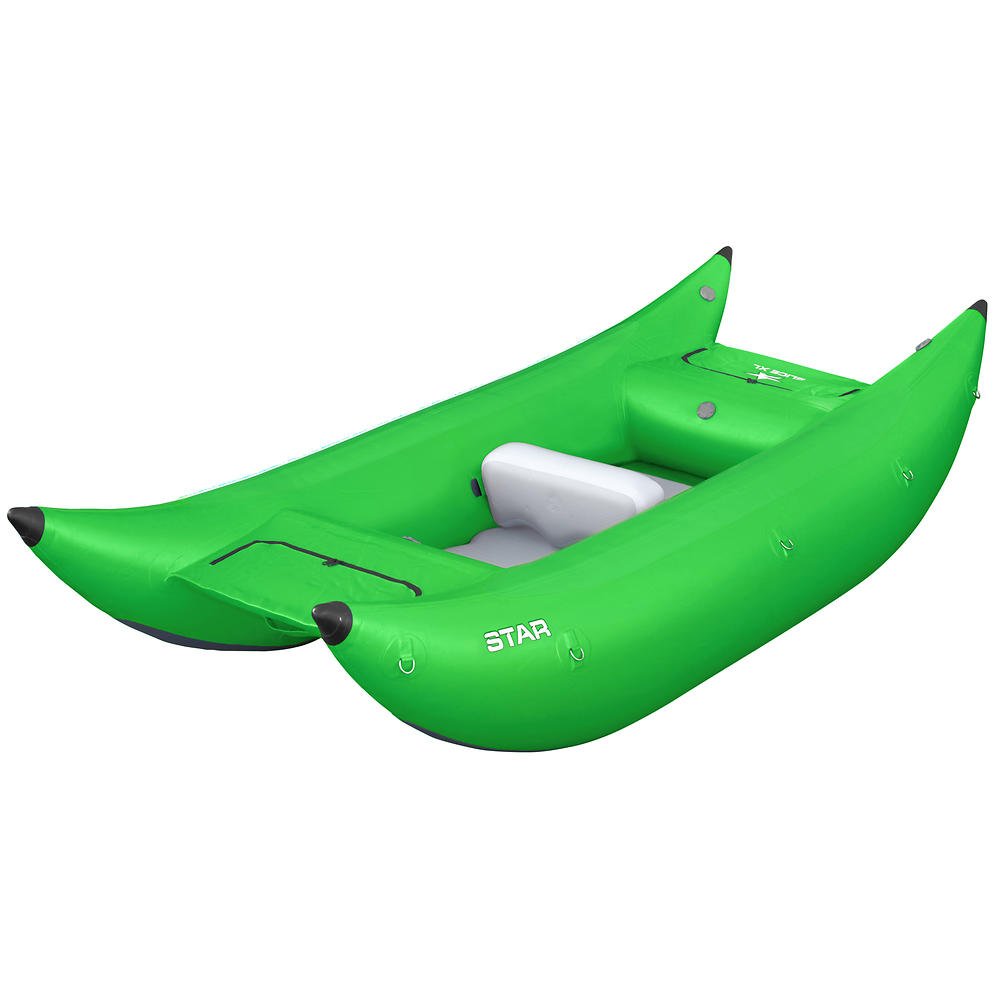
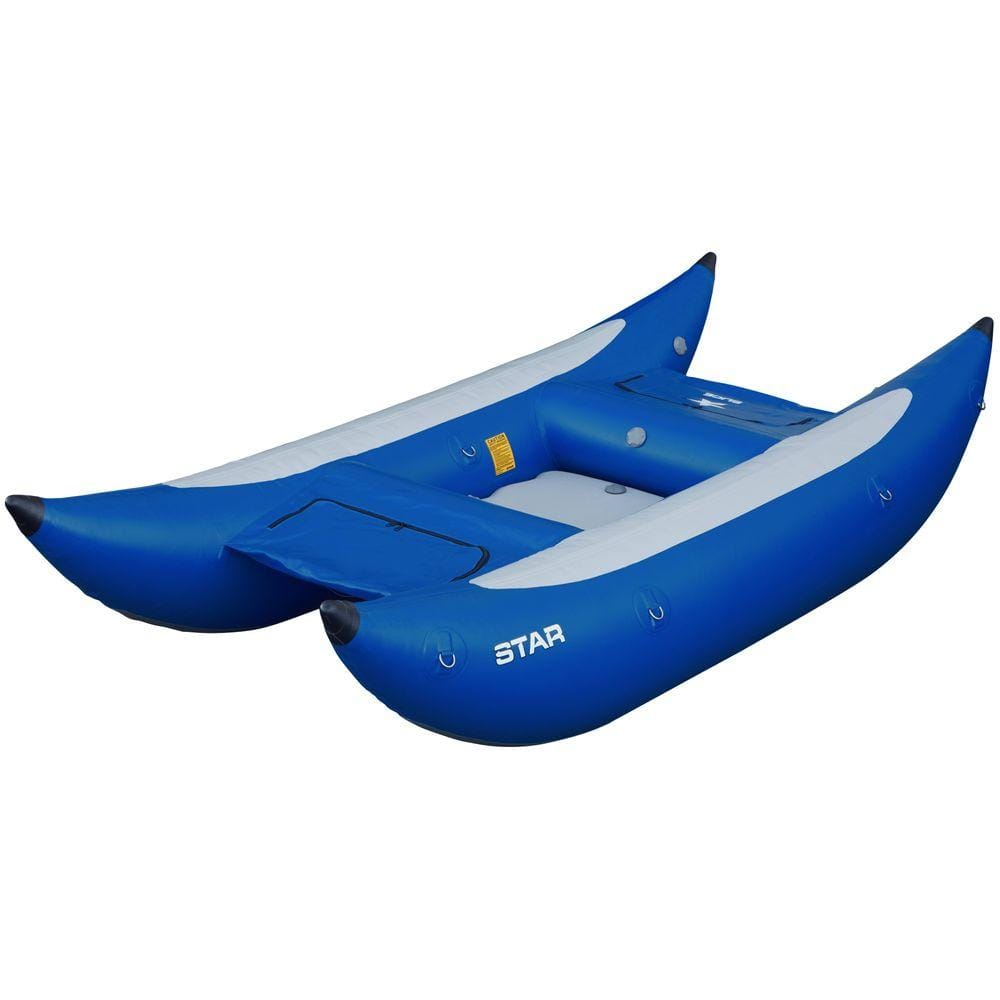
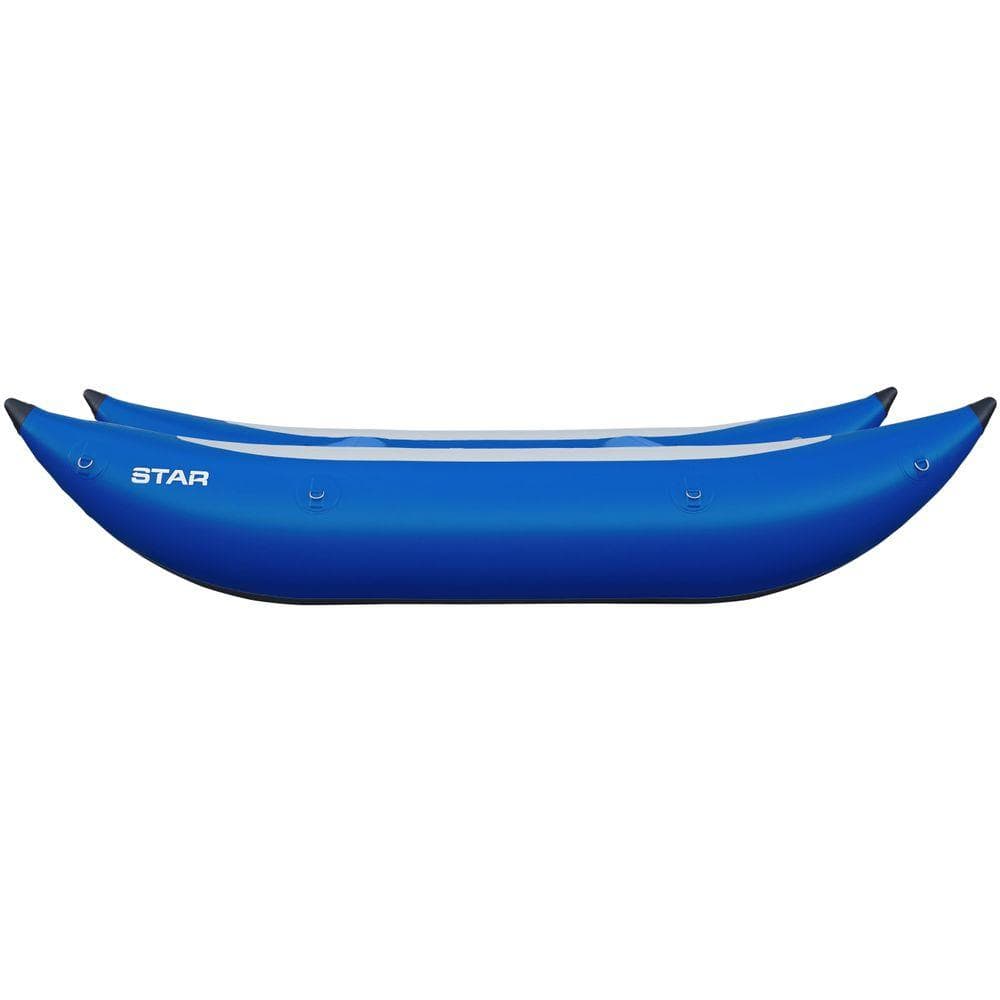

3. Determine the Best Raft Size
The best length and width raft for your intended usage is highly subjective. Following are some guidelines to consider when determining which size you will need.
9'-11' rafts
Small and nimble and are ideal for play rafting with up to 3 paddlers, 1-2 anglers, or day trips or short multi-day trips for 1 rower. They are light, small to store, and can fit in most sedans or hatchbacks. They are not recommended for longer overnight trips that will require lots of gear.
12-13' rafts
Generally considered the most versatile rafts as they can easily accomodate 2-6 paddlers, 2-3 anglers, or a rower and a passenger's gear for day trips and short to mid-length overnight trips. They do not feel too large to R2 and do not feel too small for a 7-day trip's worth of gear, if properly packed. They do not, however, have the width to accomodate large dry boxes or coolers that are sometimes needed for longer multi-day trips.
14-16' rafts
Usually intended to haul lots of overnight gear or carry 6-8 person paddle crews. They are bulky to store and usually necessitate a trailer to transport. They are not ideal for technical whitewater that requires quick, must-make moves.
Our Small-but-Mighty Rafts
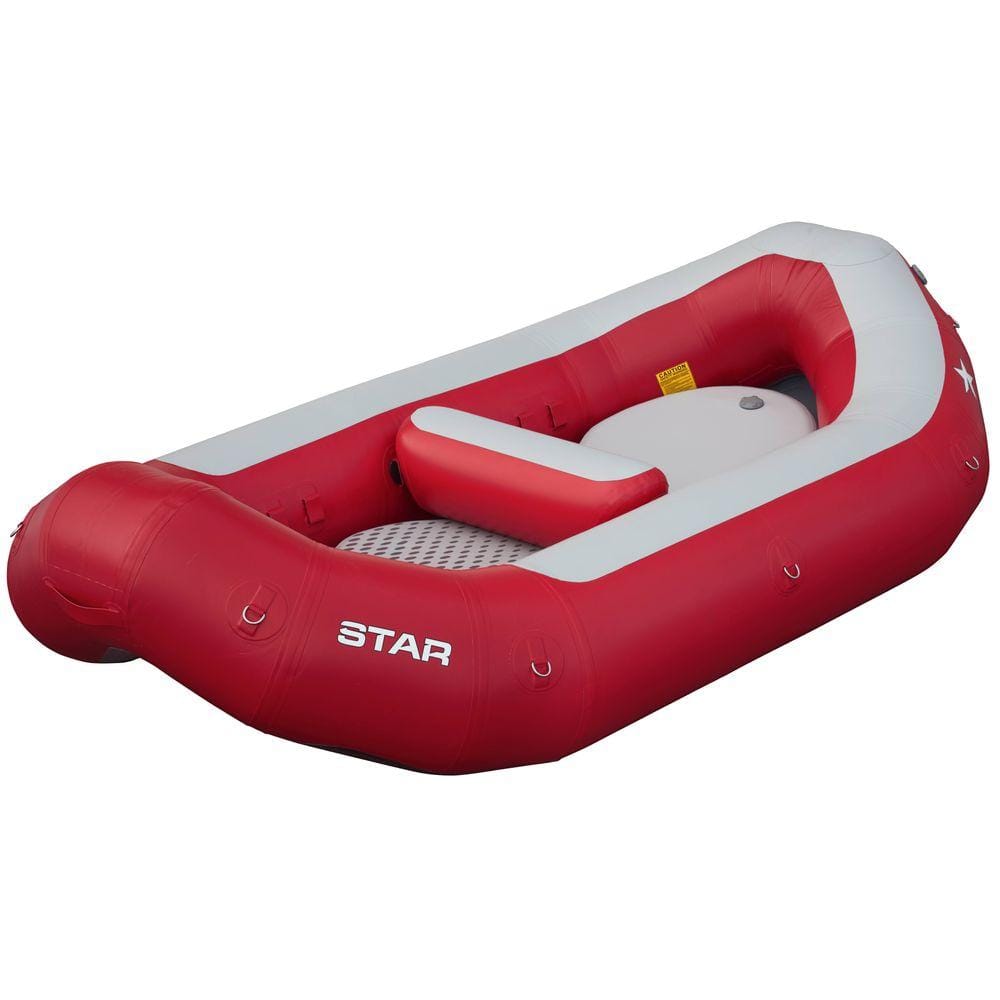


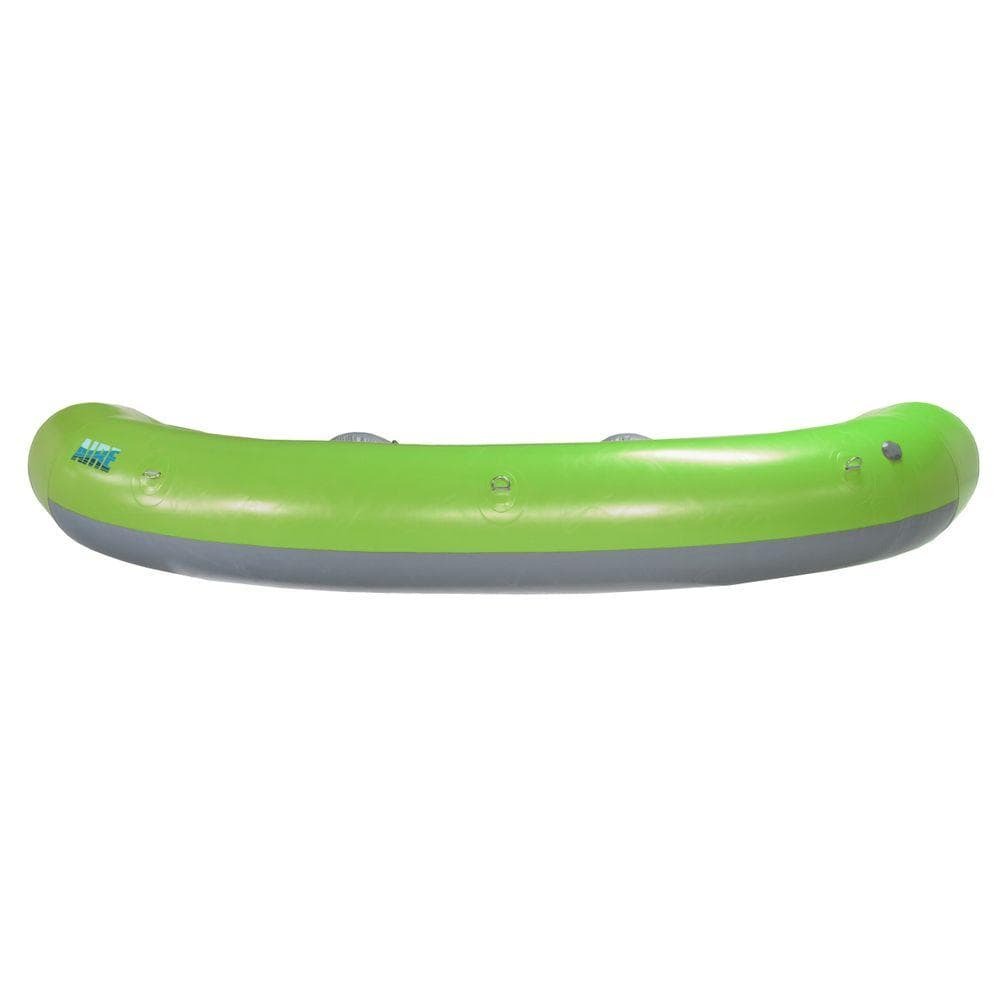

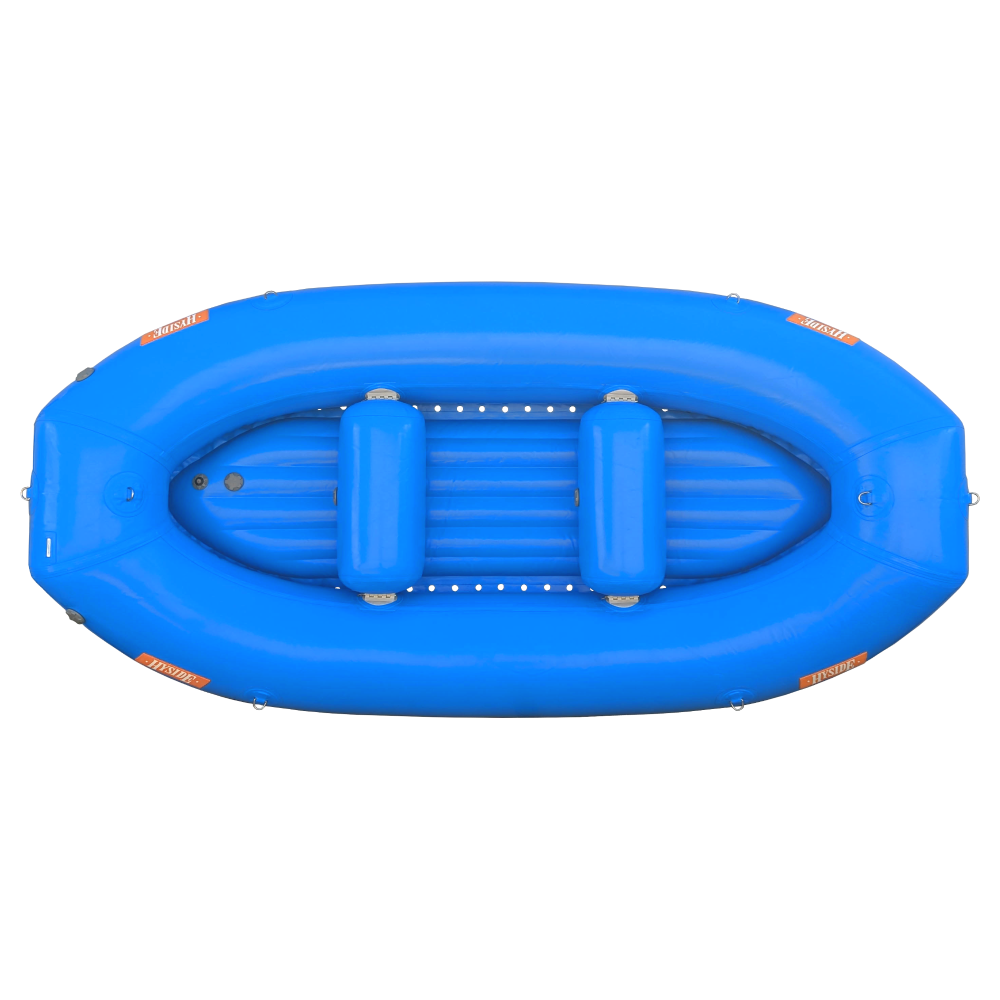
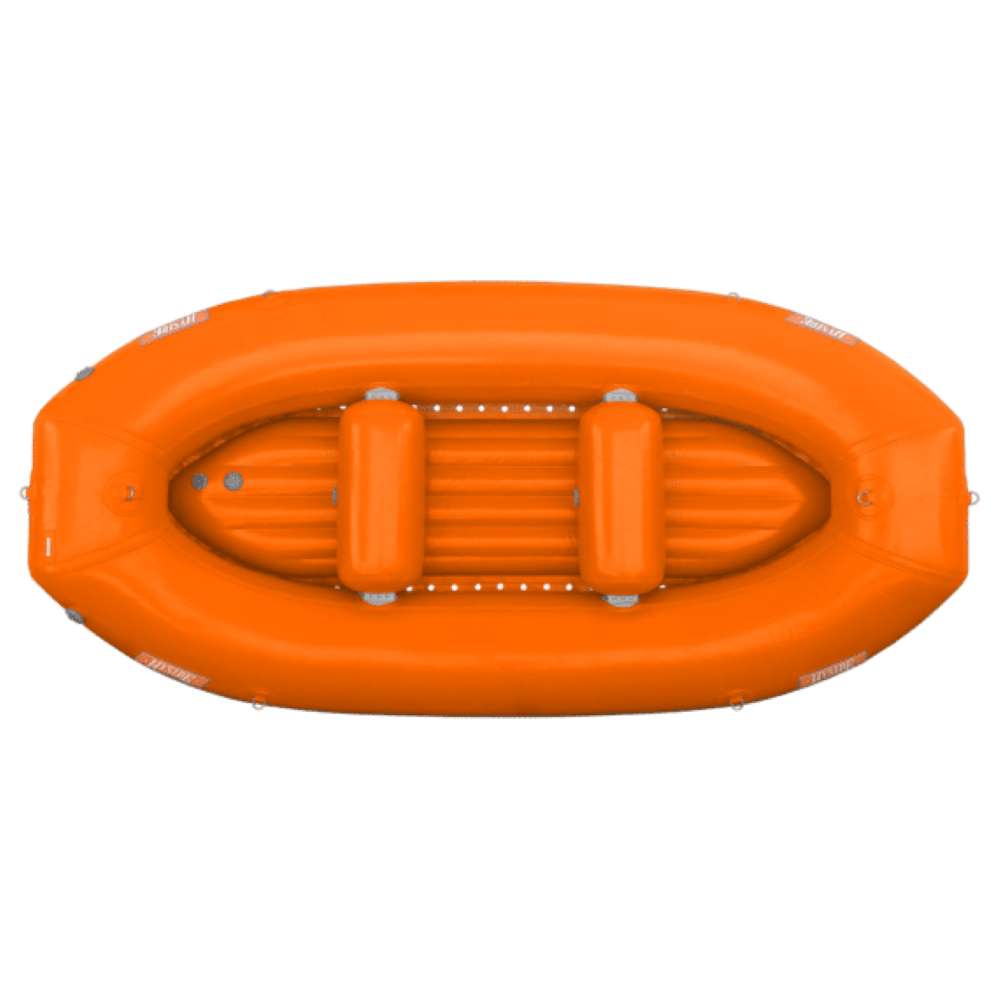
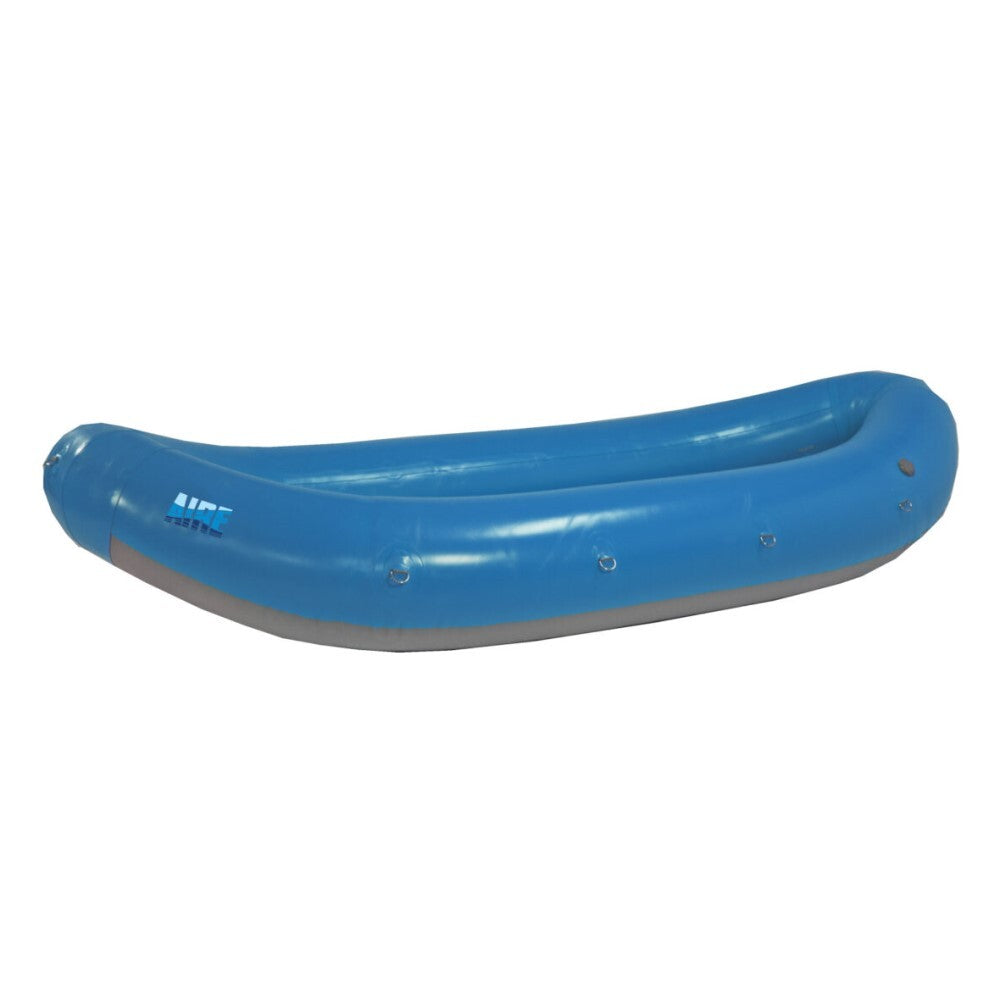
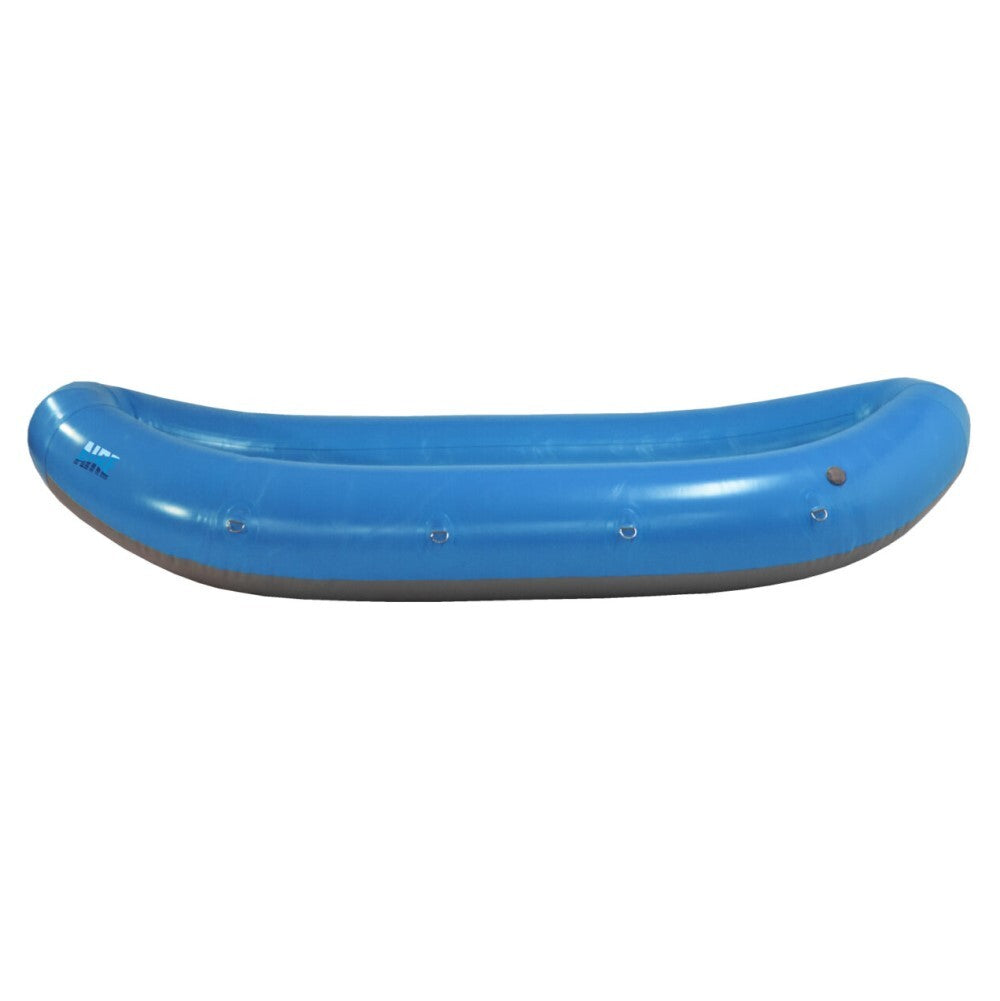
4. Choose a Raft Material
In general, inflatable rafts are constructed with high denier nylon or similar fabric that is coated with plastic or rubber. The plastic coating in high-quality rafts is PVC and the synthetic rubber coating is branded under the names Hypalon and Pennel Orca. A raft's coating material is the biggest determining factor of the price. There are advantages and disadvantages to both types of coatings:
PVC (AIRE, Tributary, Outcast, STAR, Slipstream)
- More affordable than synthetic rubber, but heavier
- Can be welded, making for extra durable seams
- Can be inflated to high pressure (i.e. dropstitch floors)
- Short repair time
- Susceptible to UV damage
Synthetic Rubber (Hyside, NRS)
- Incredibly durable, lightweight and long lasting
- Long repair time
- Up to twice as expensive as PVC
- Cannot be welded

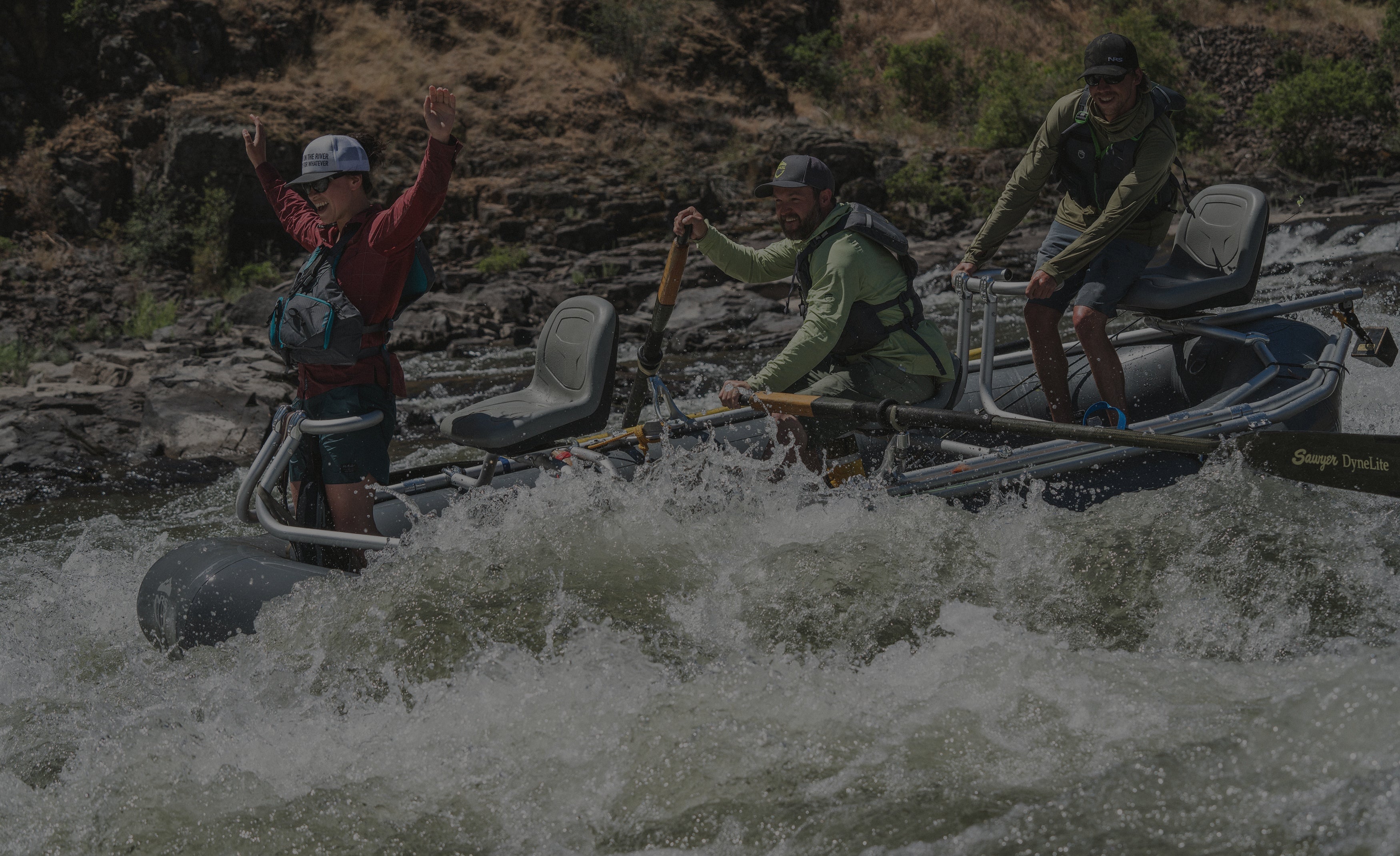
Fishing Raft Packages
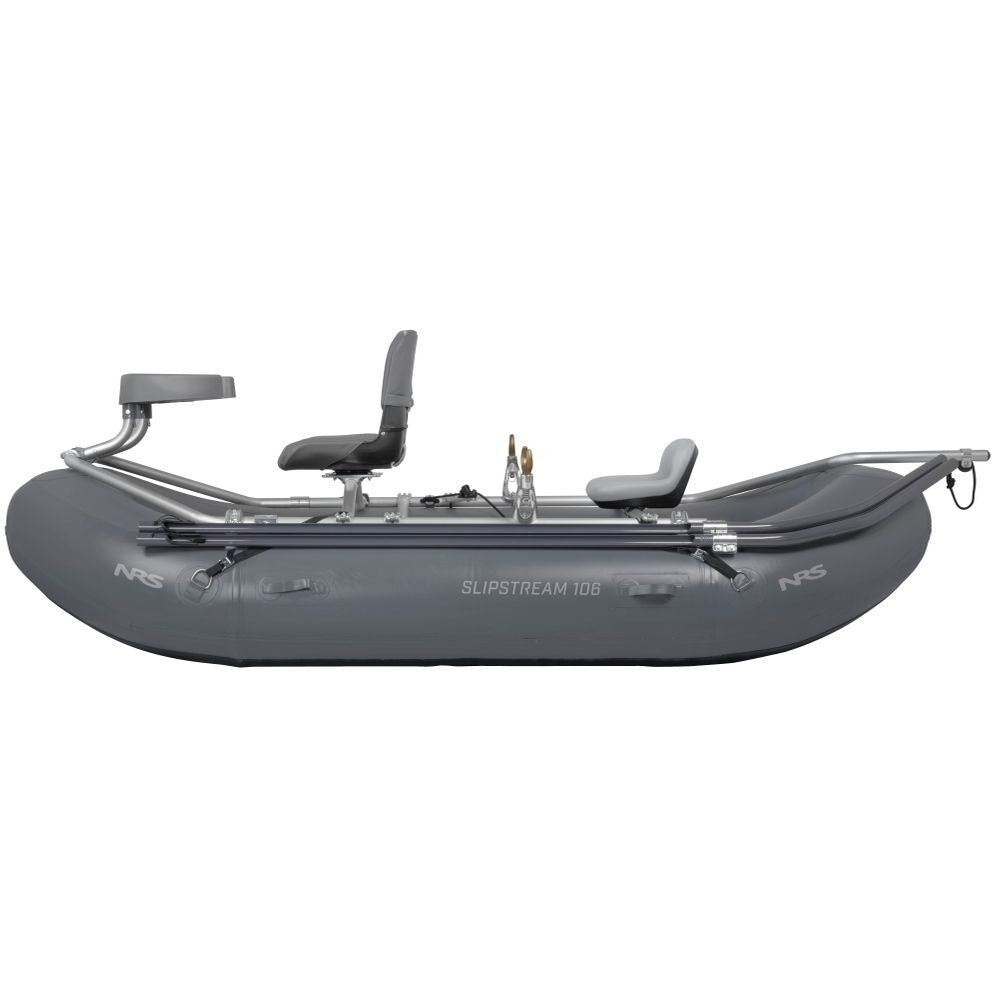
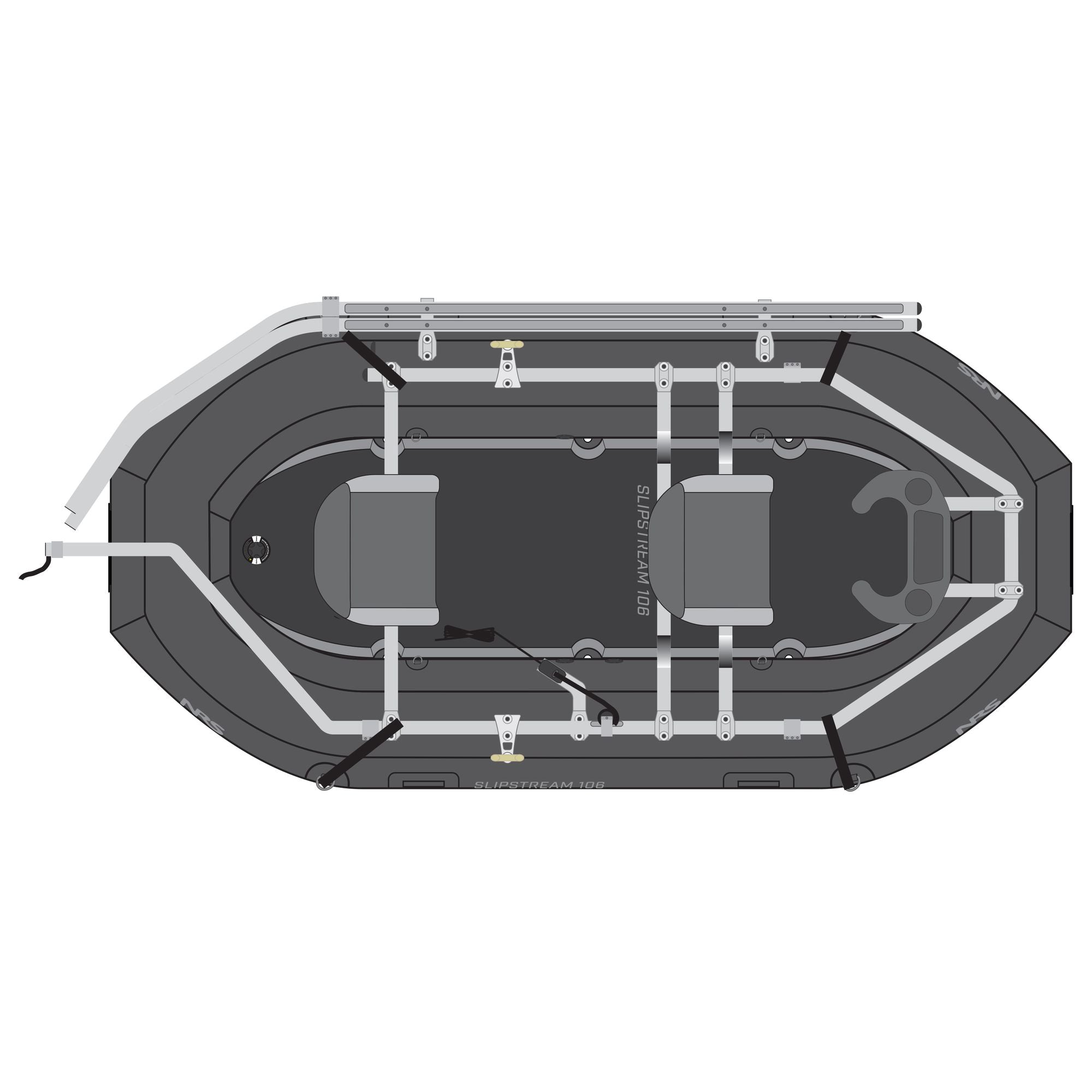
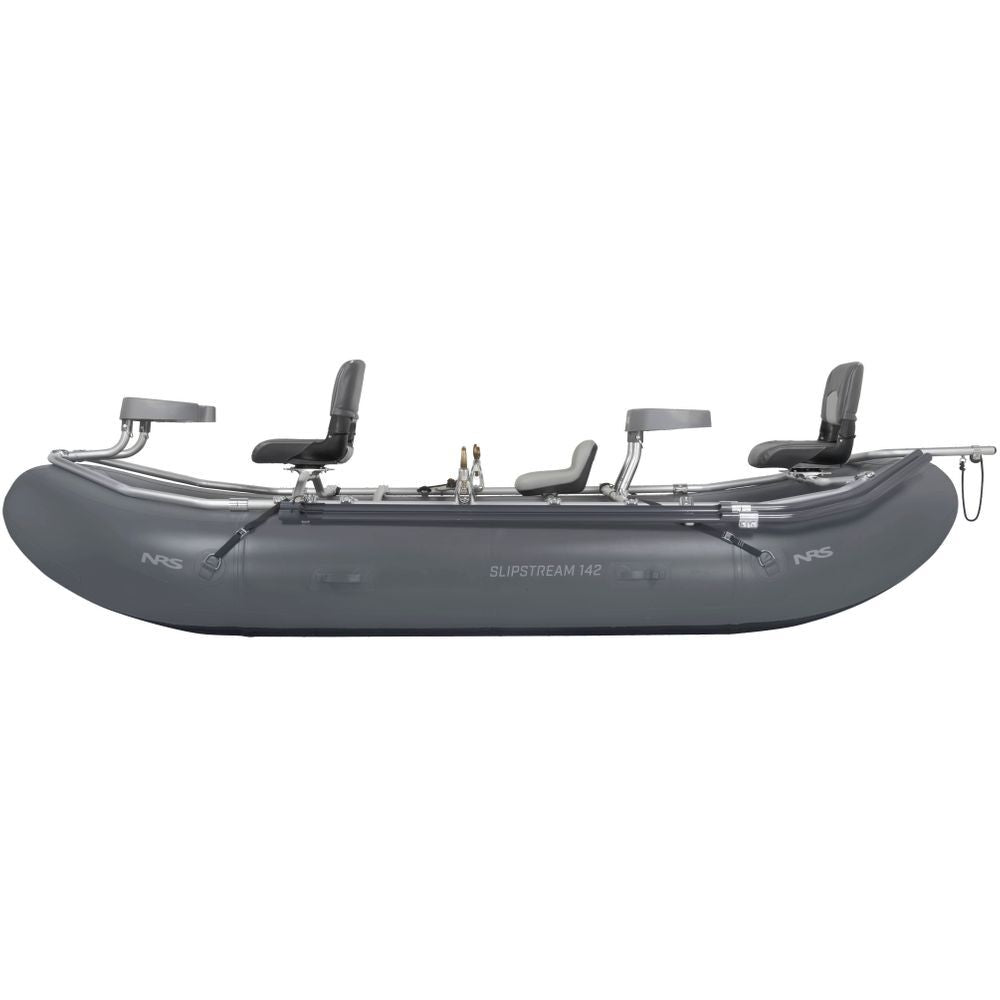
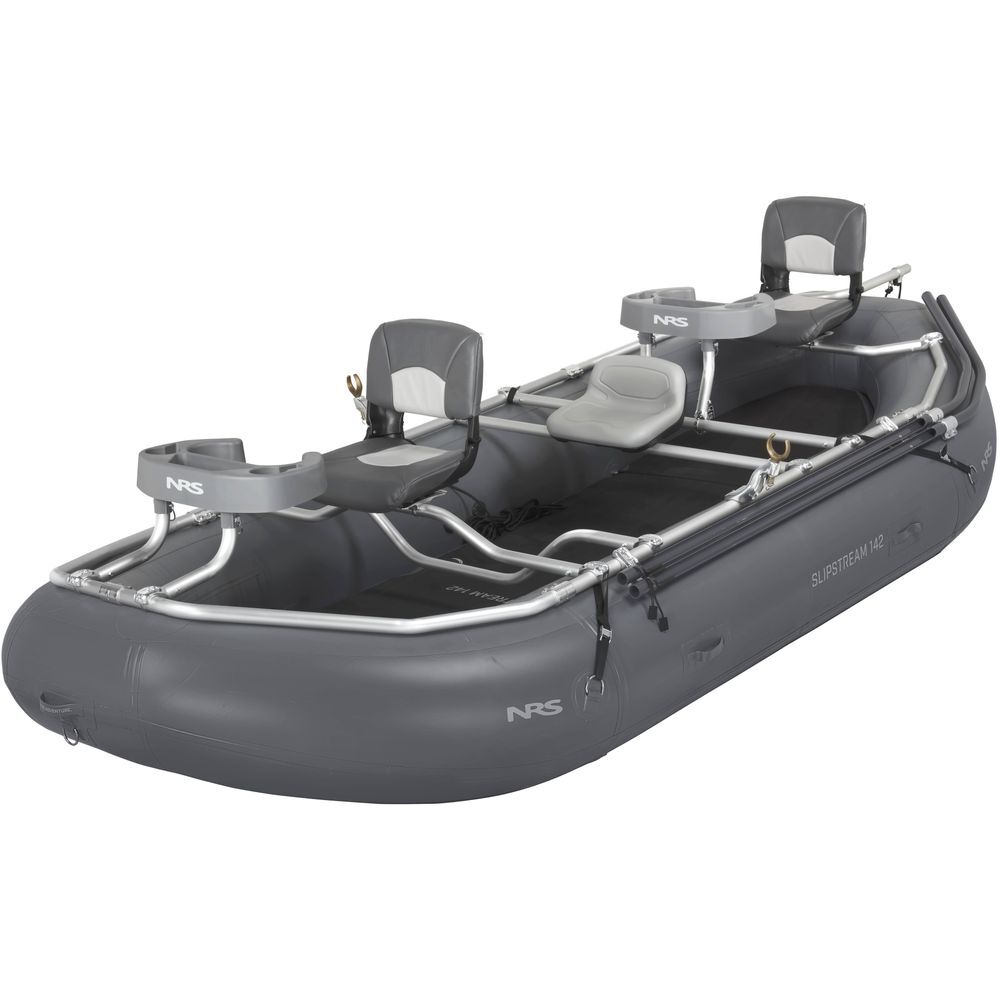
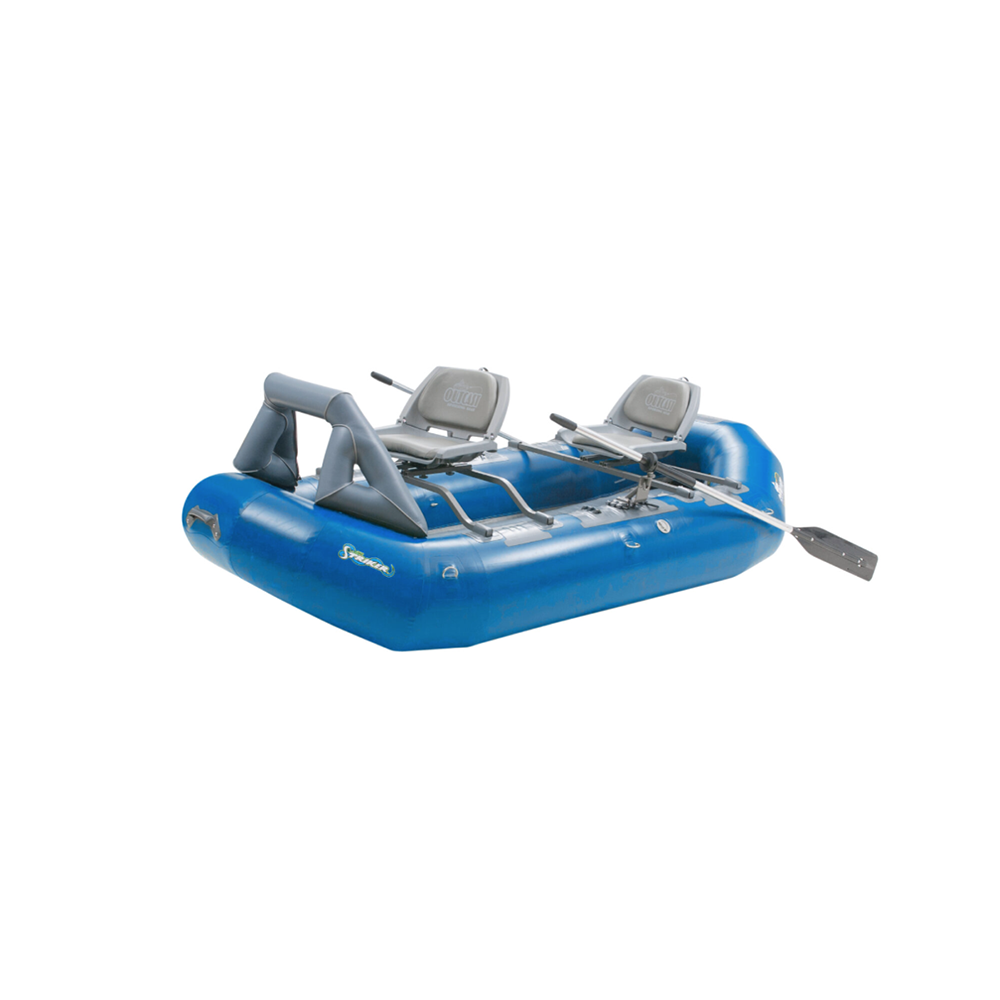
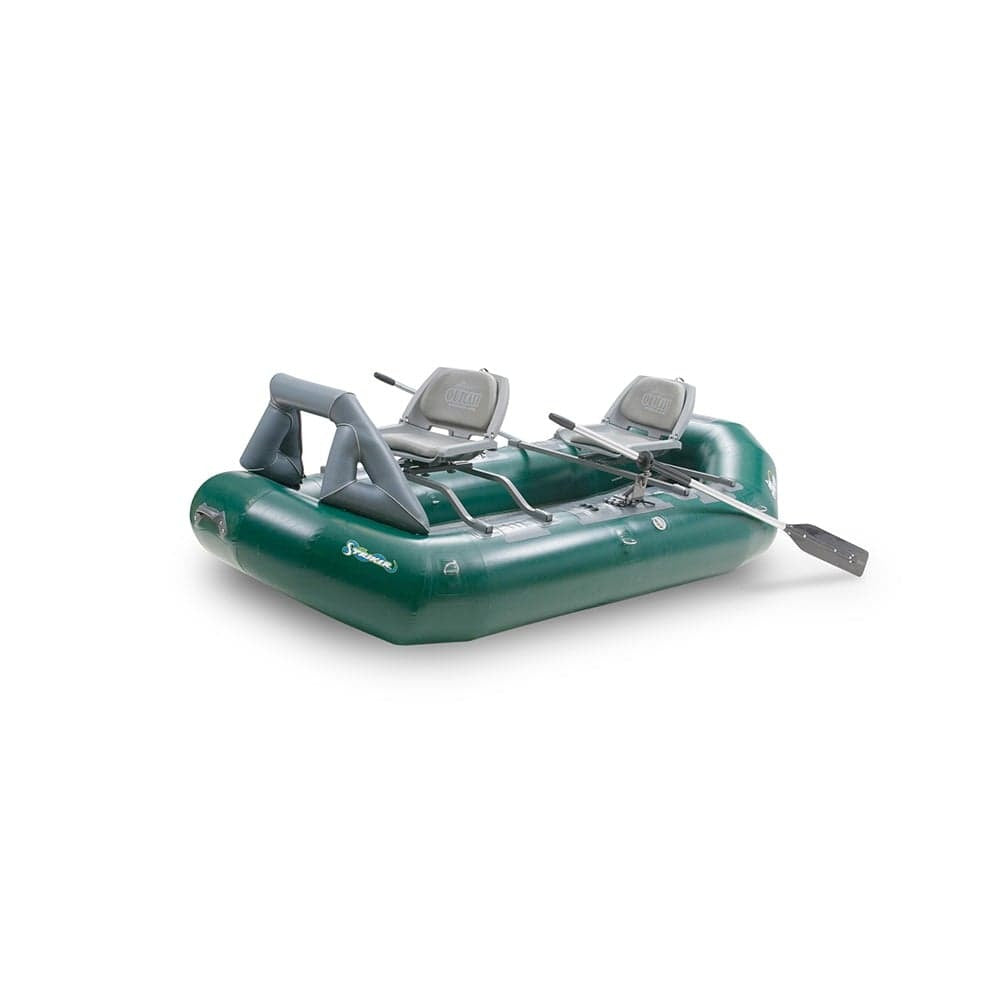
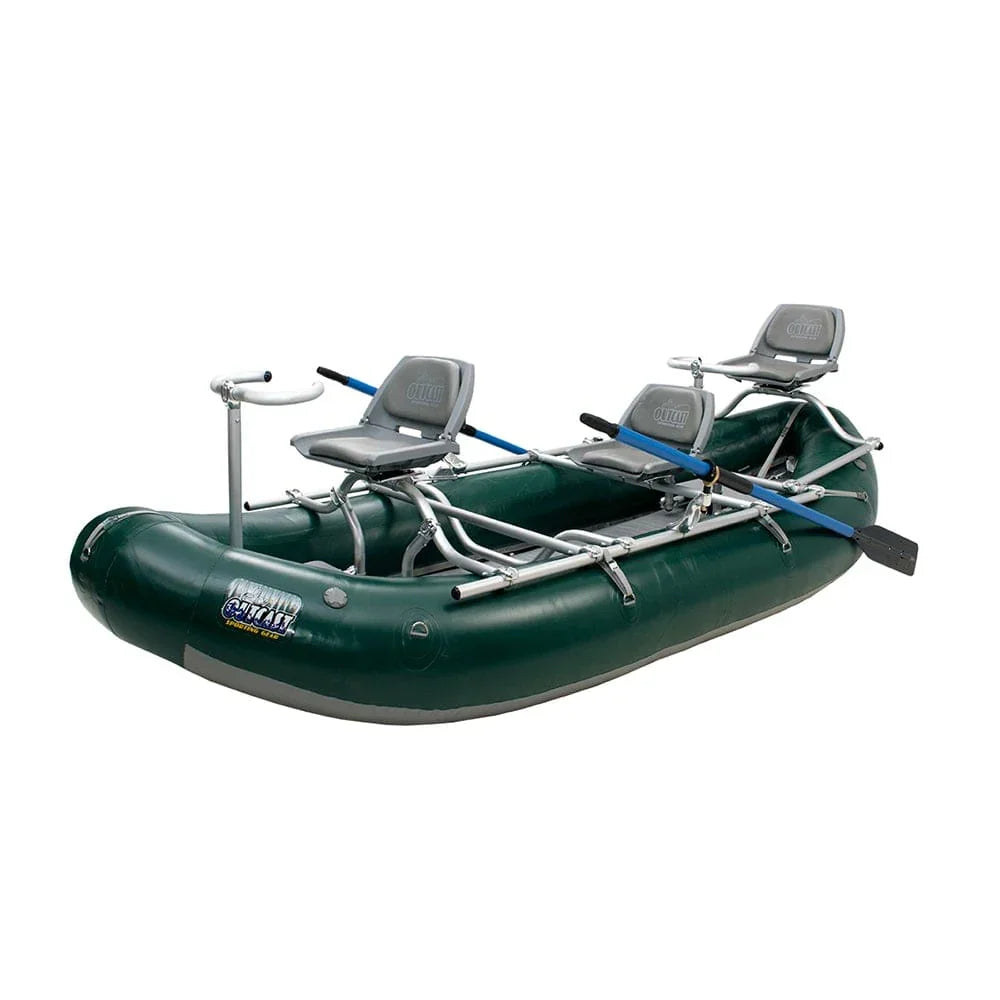
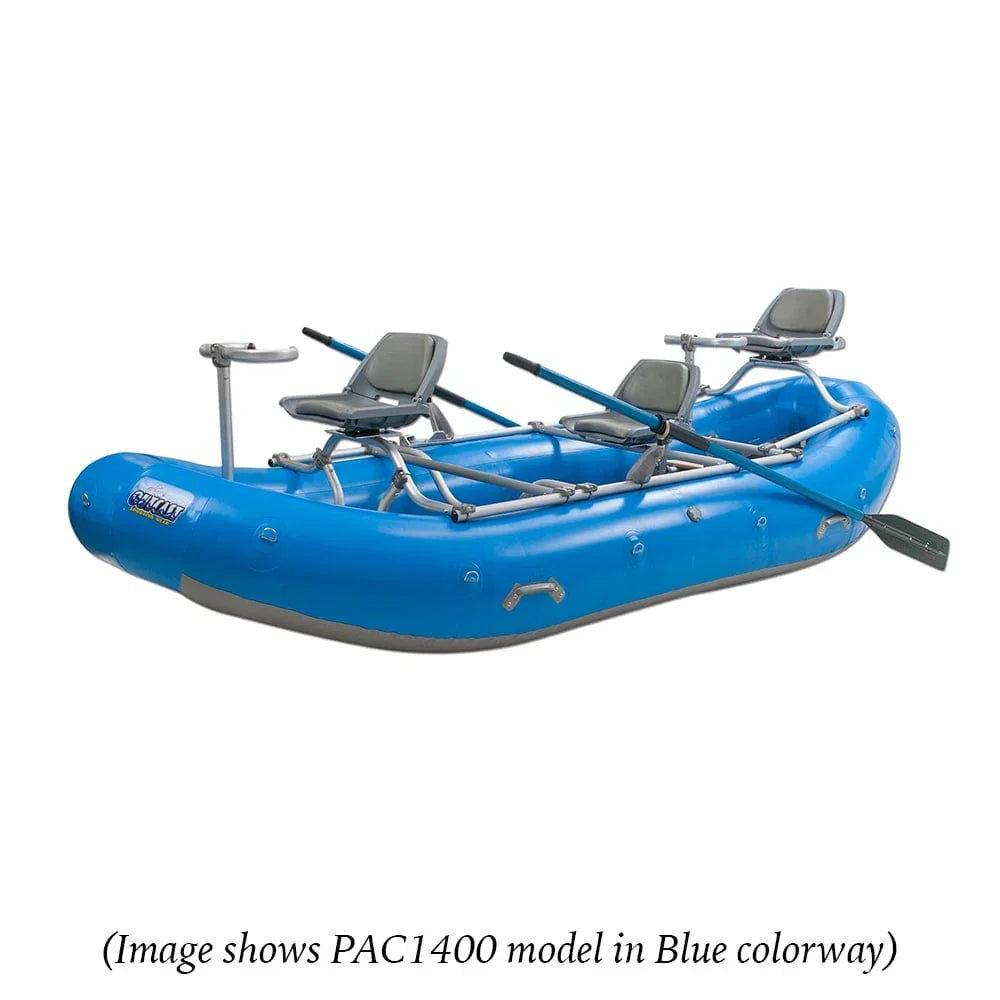
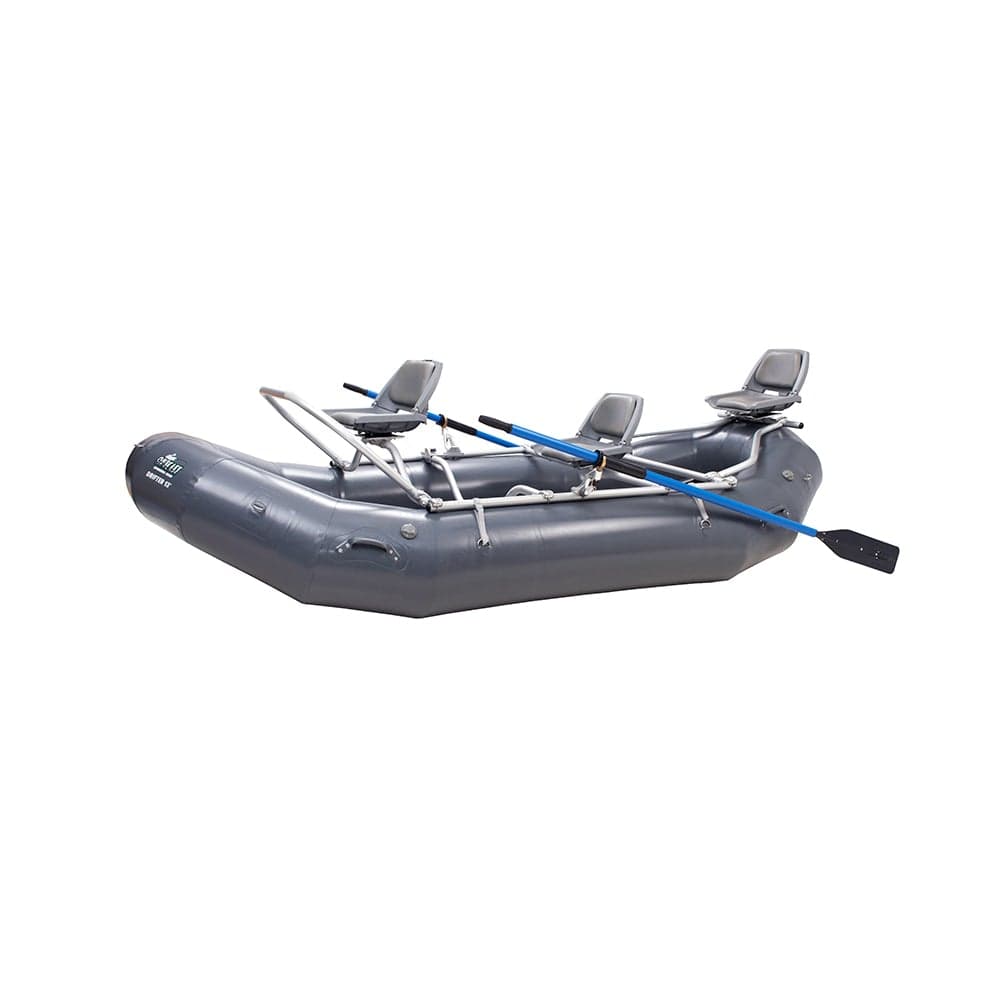
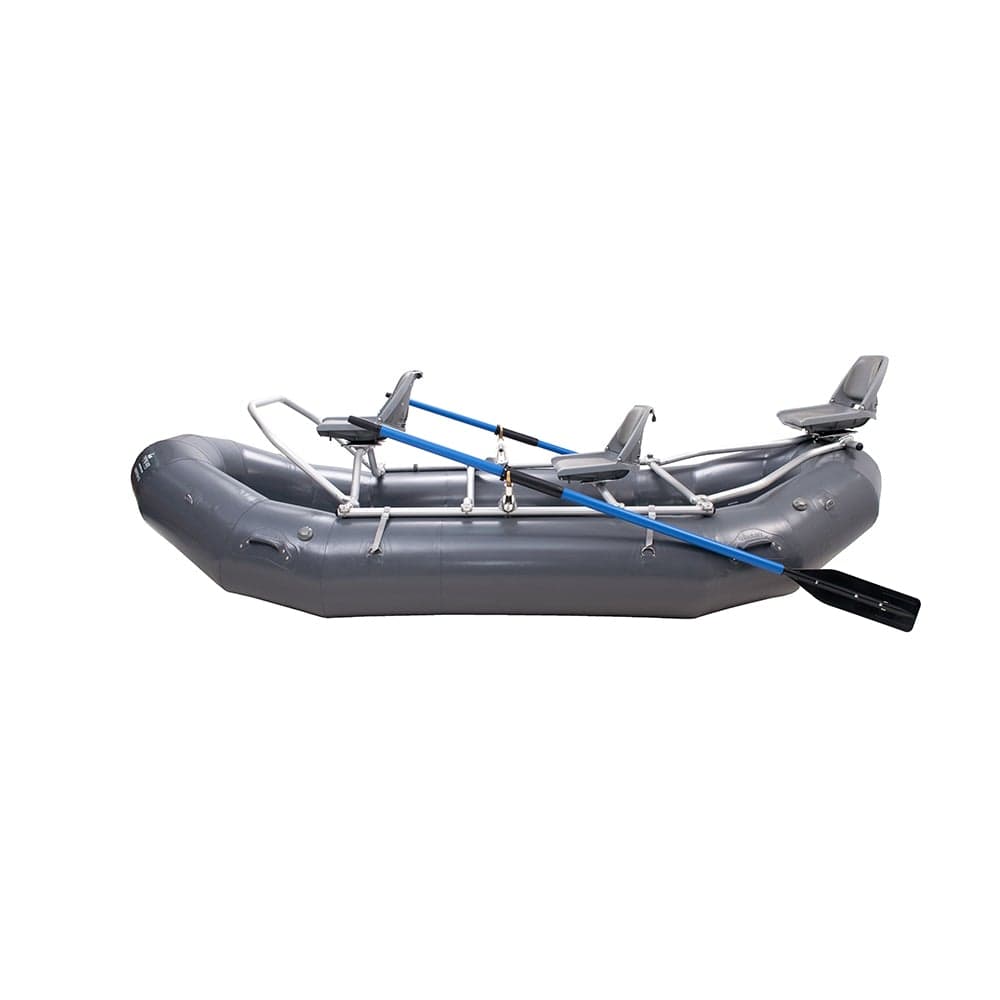
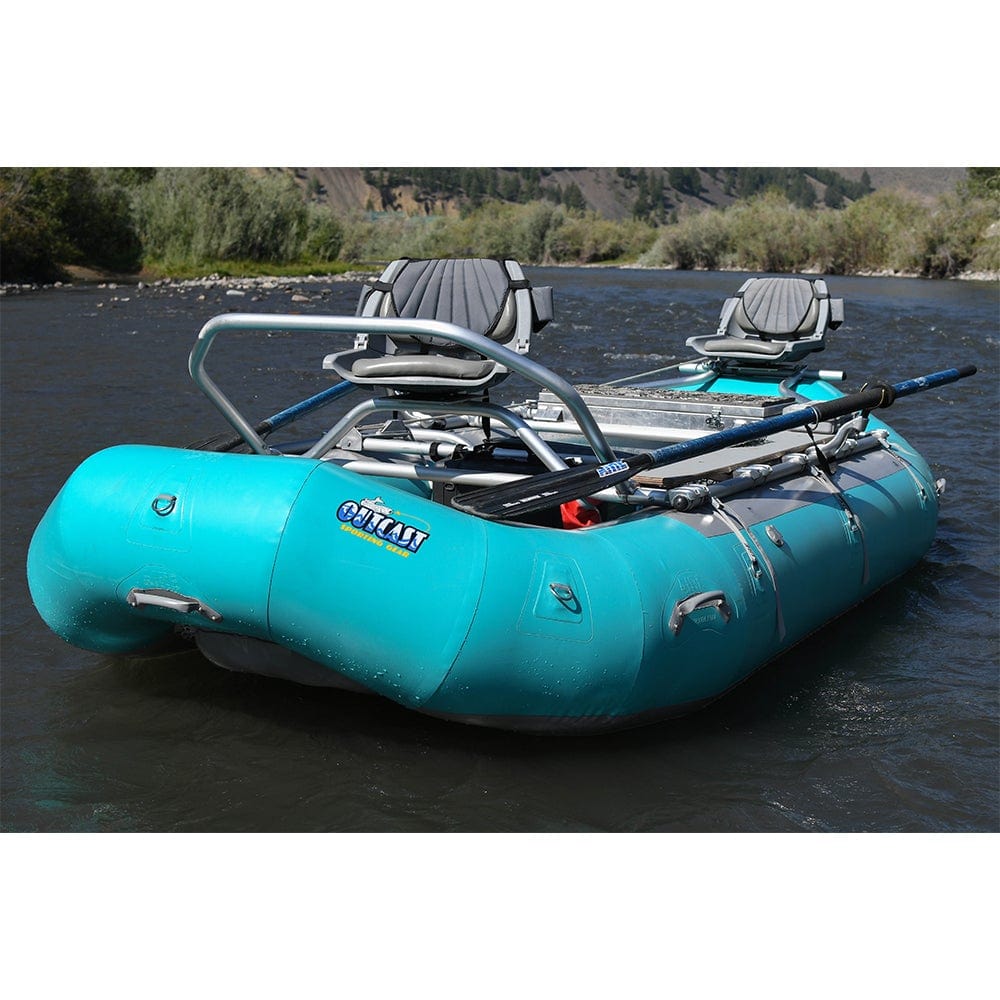
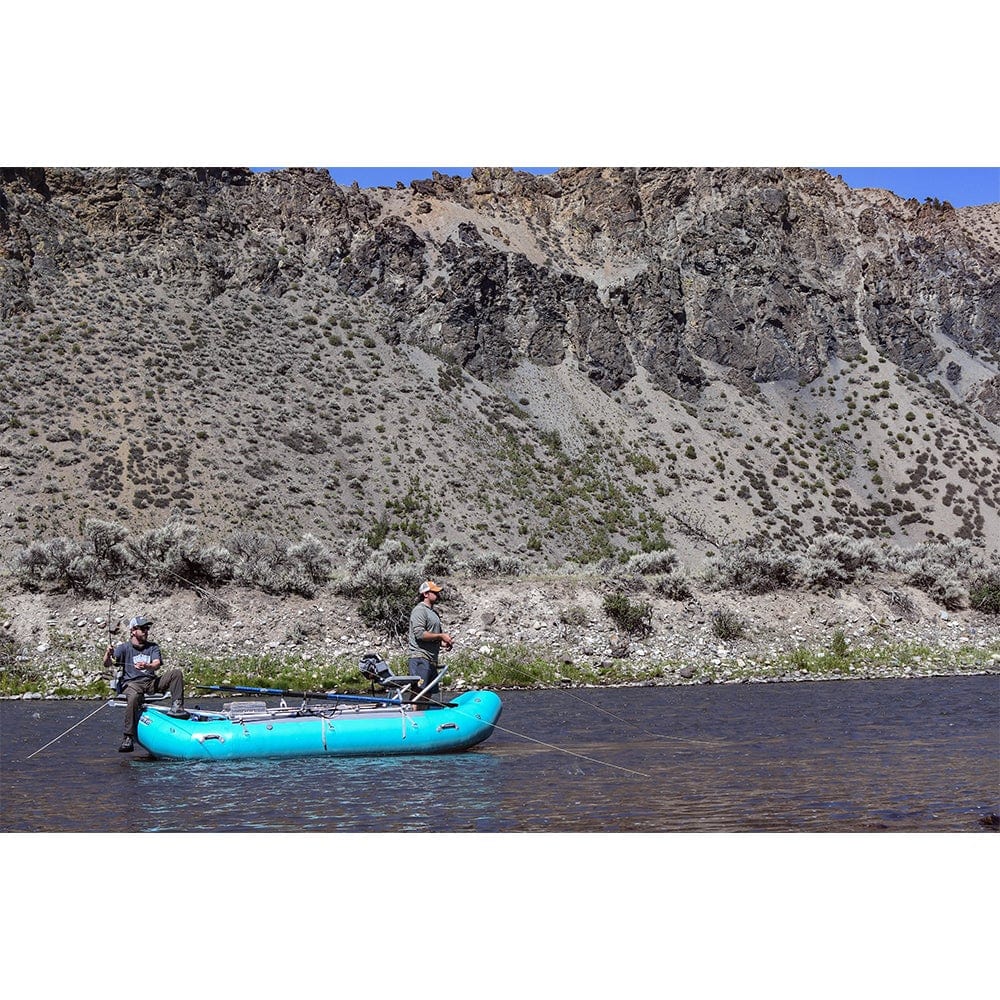
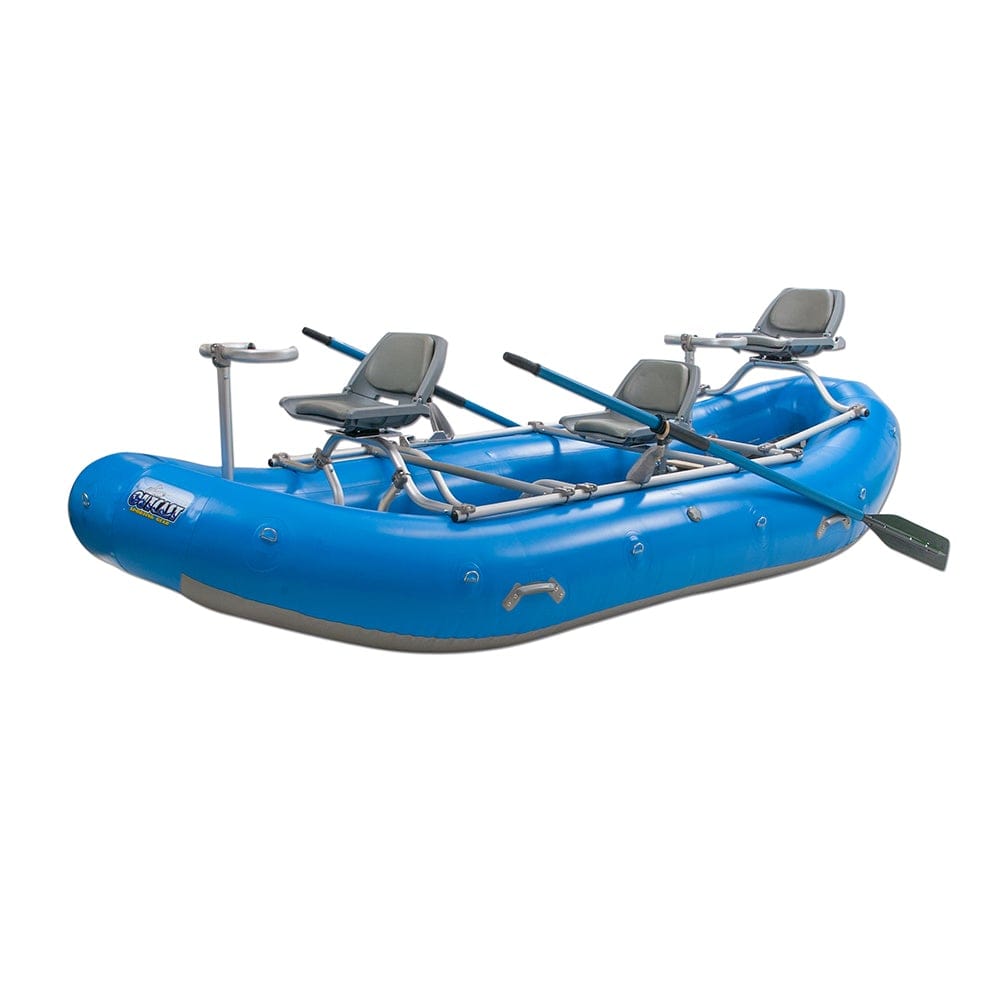
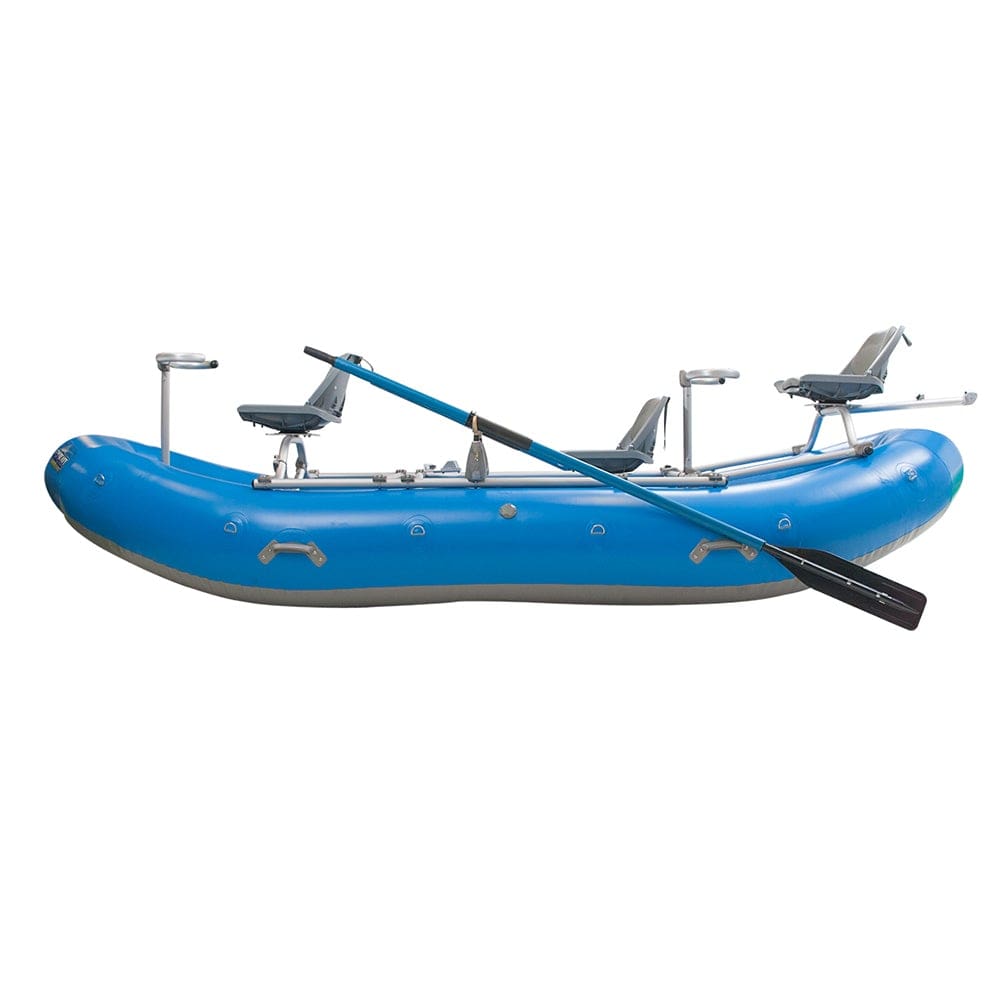
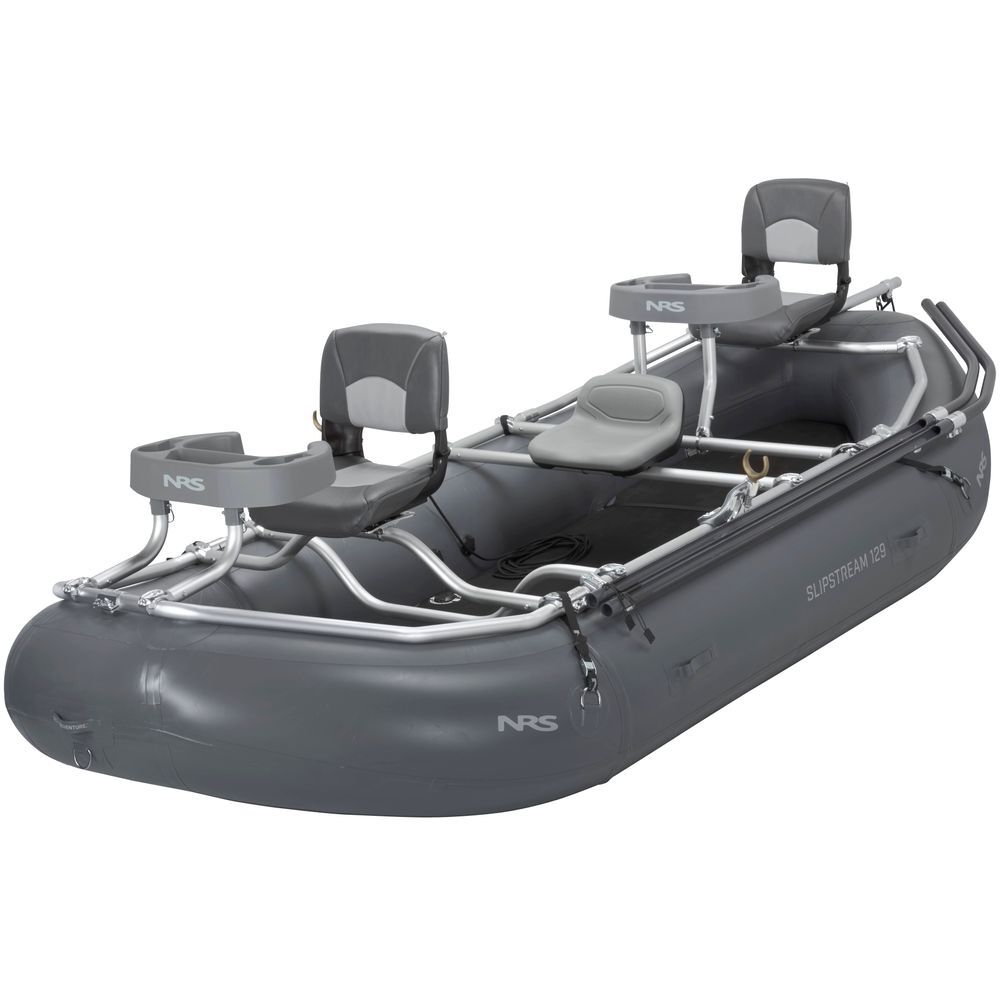
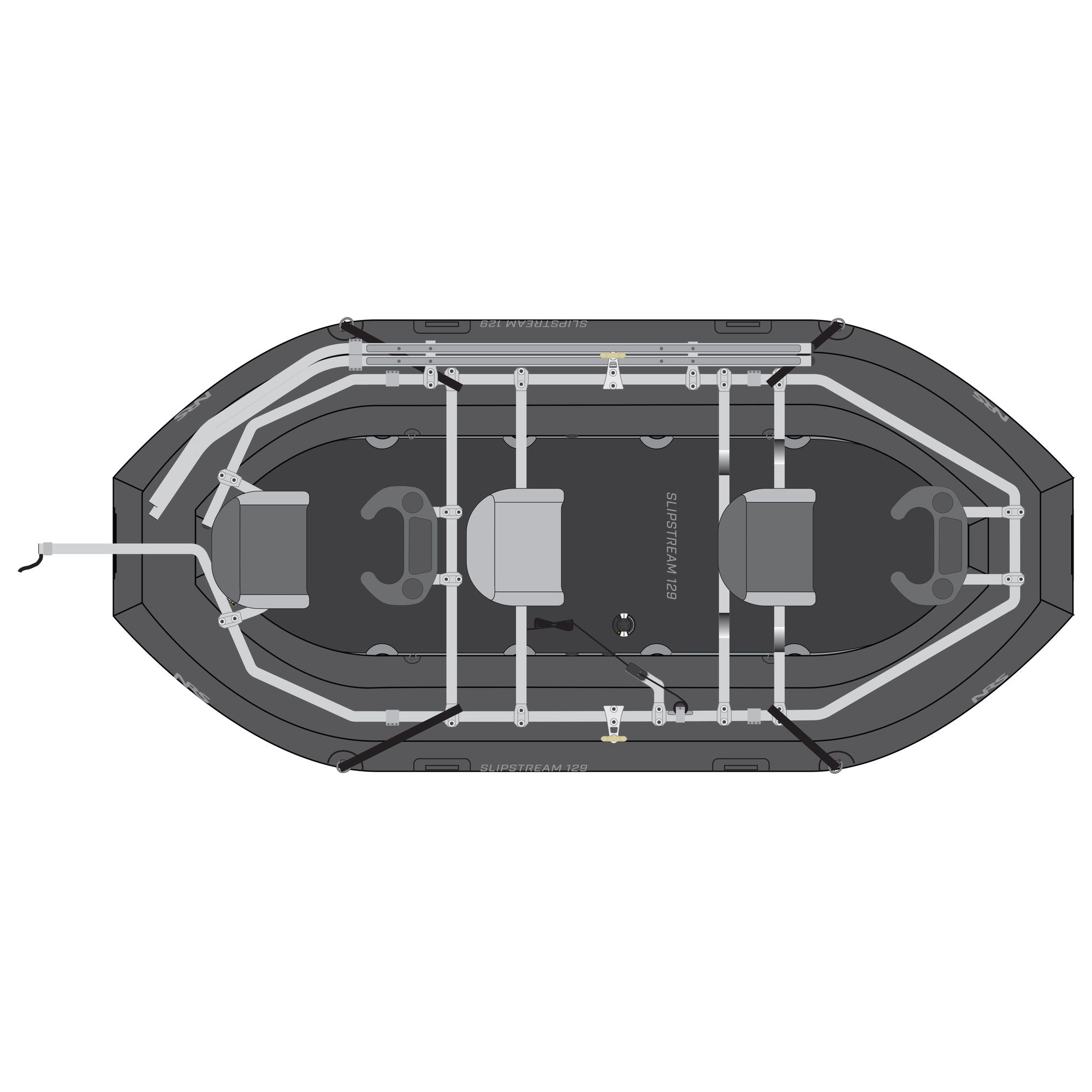

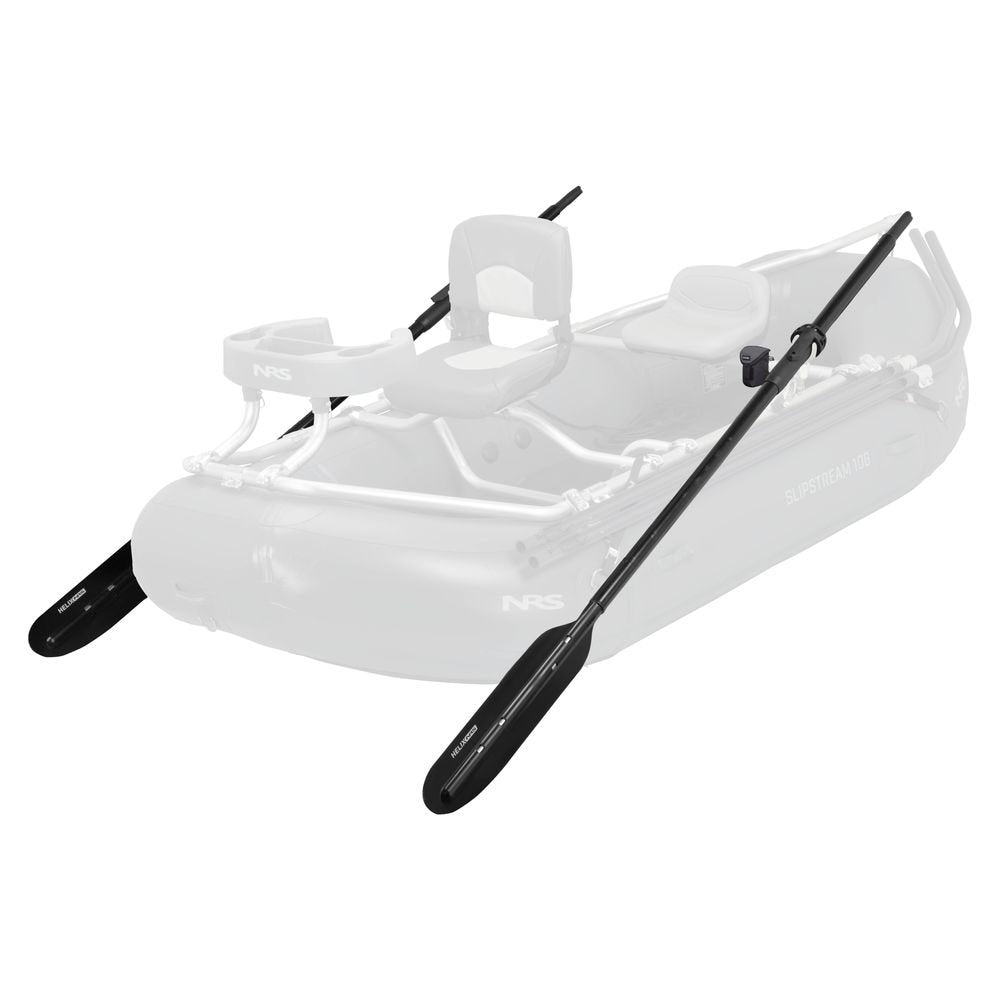
What's Next?
Still have questions about which raft is right for you? Our Gear Experts are ready to help!
If you've got your raft picked out and you're ready to start thinking about frames and outfitting, click below to learn more about building out your new raft setup.
View the Guide